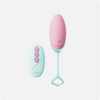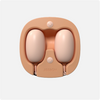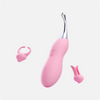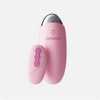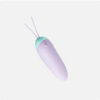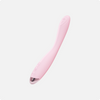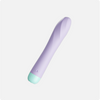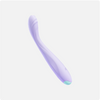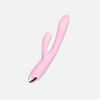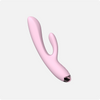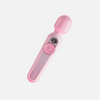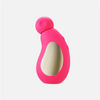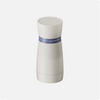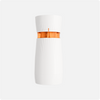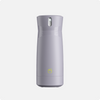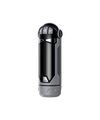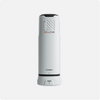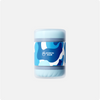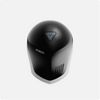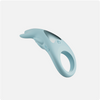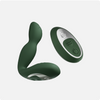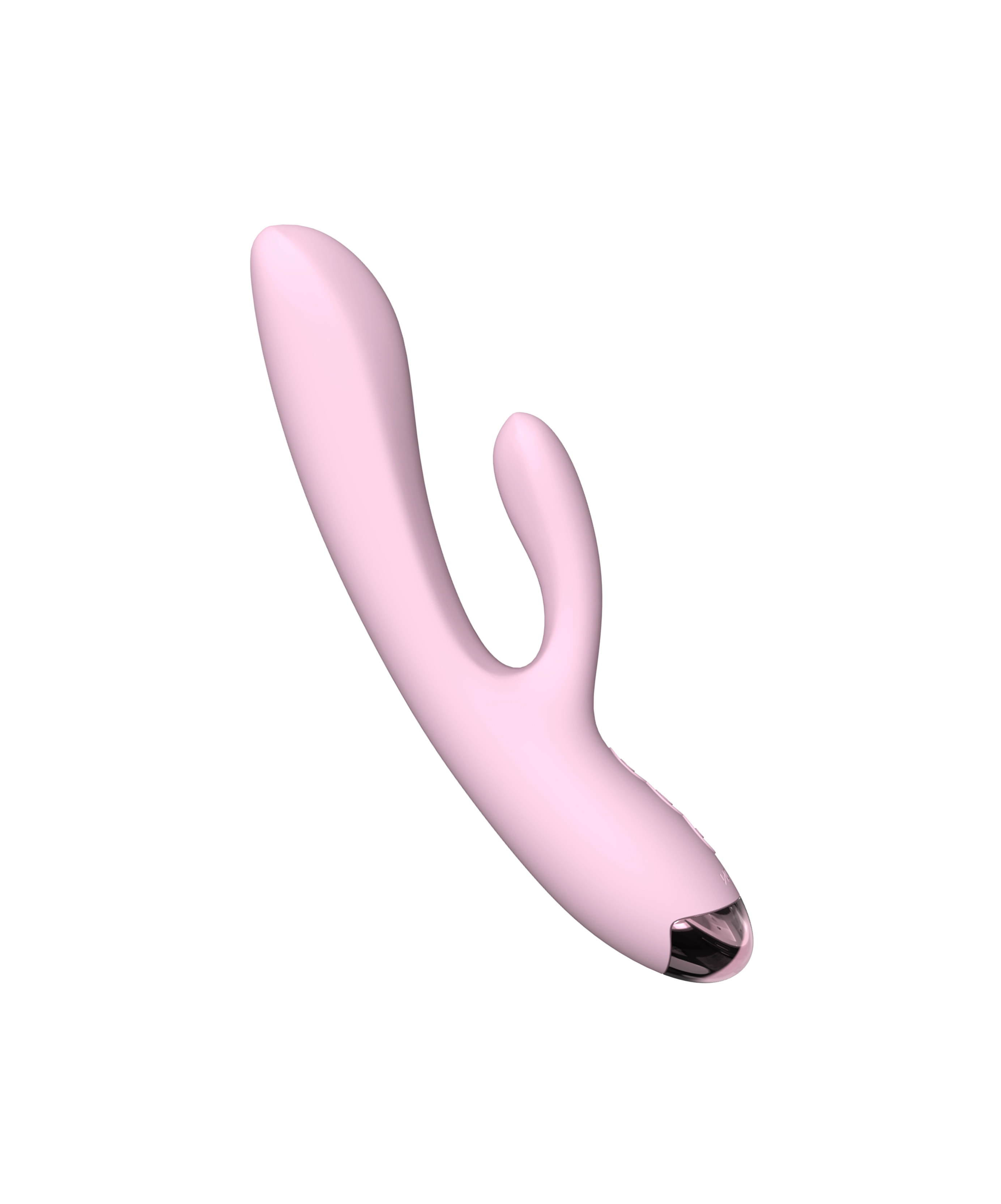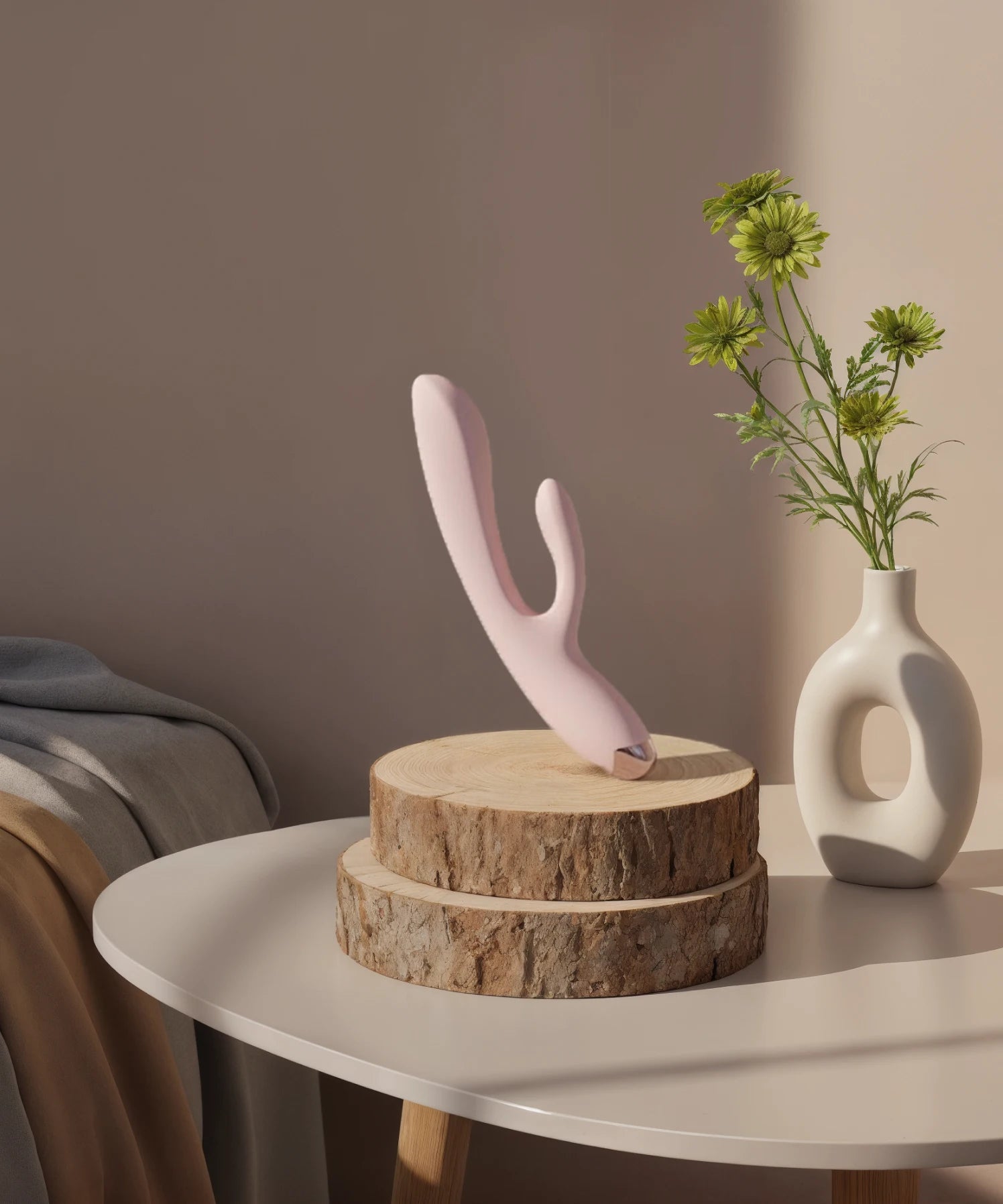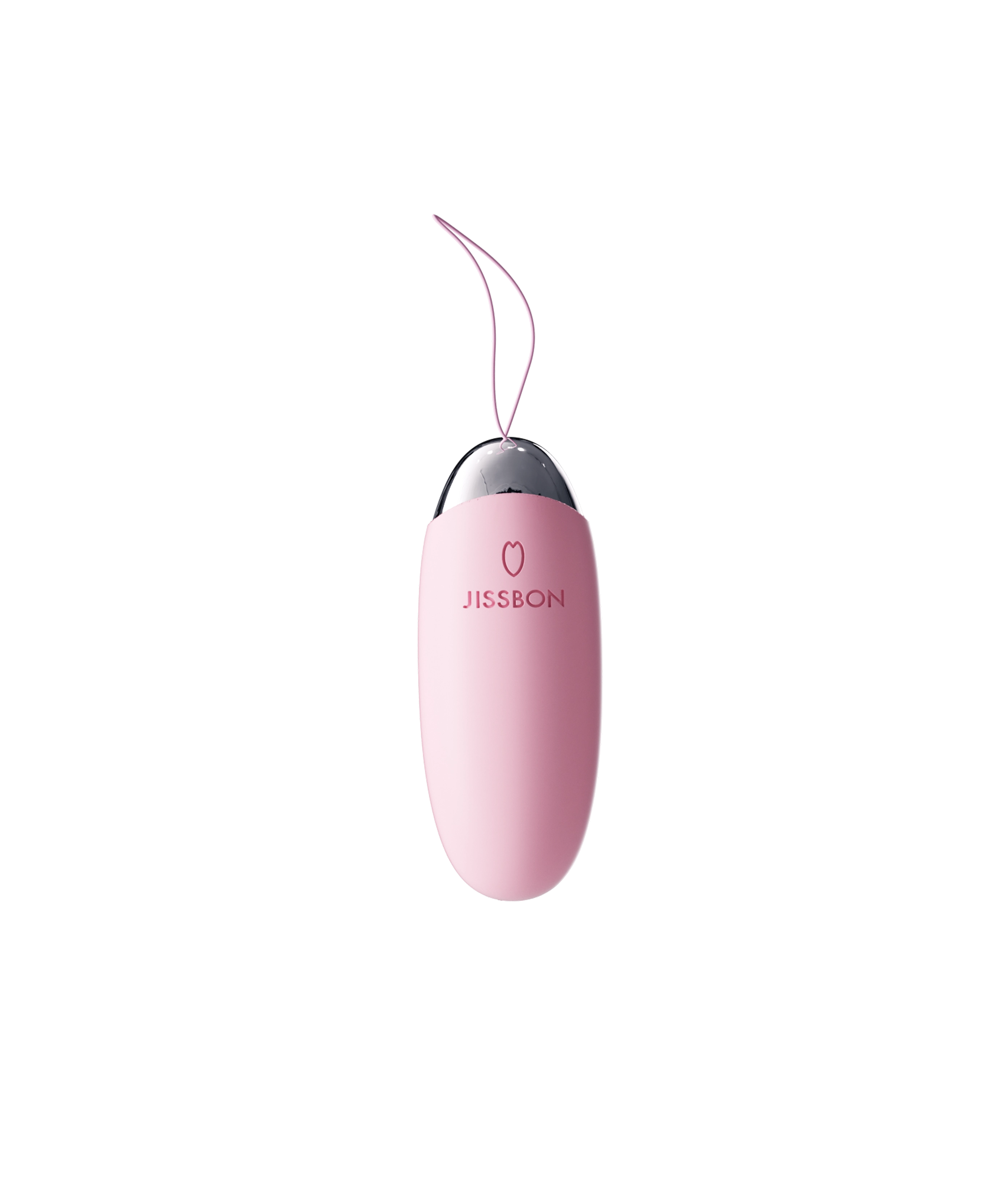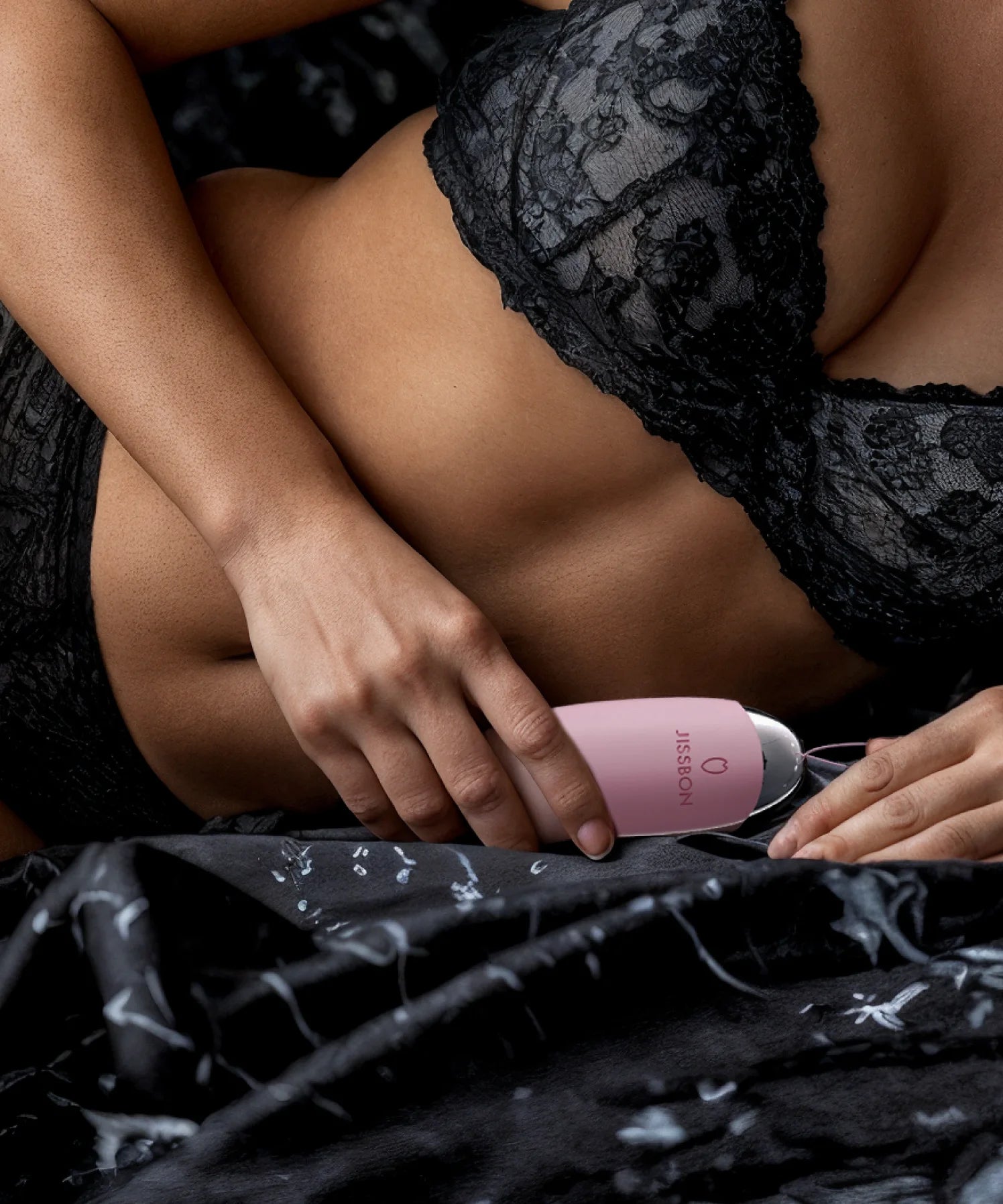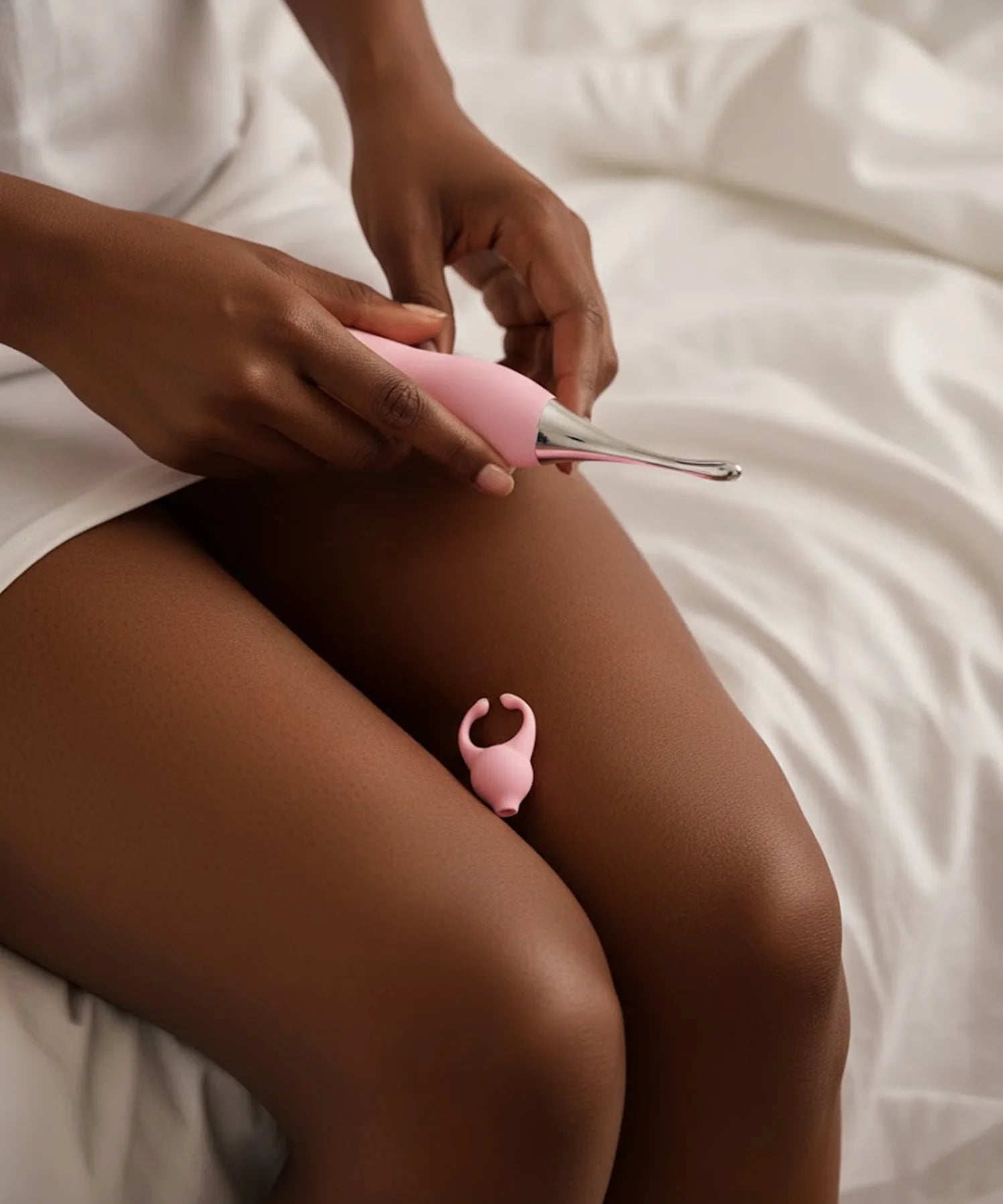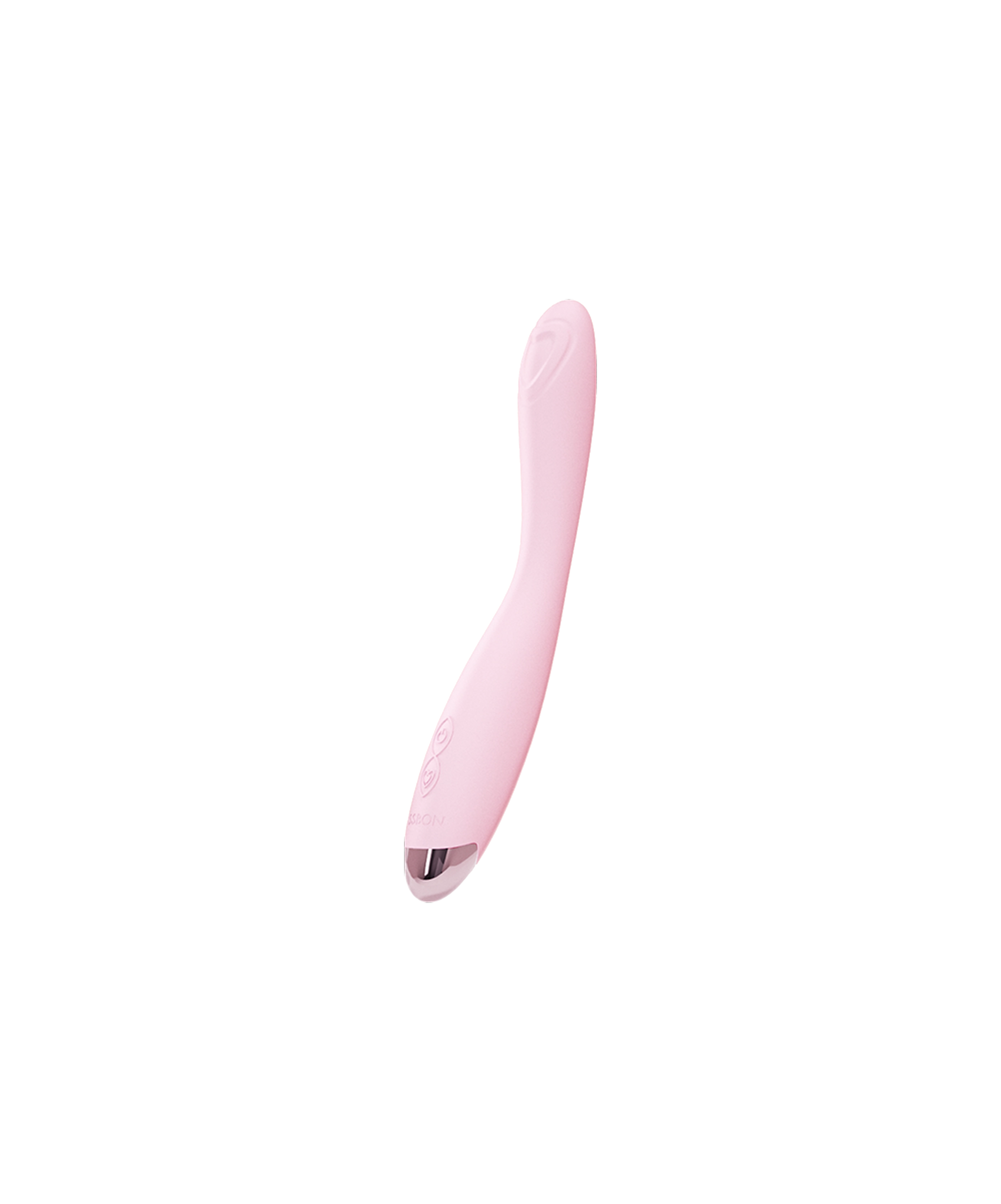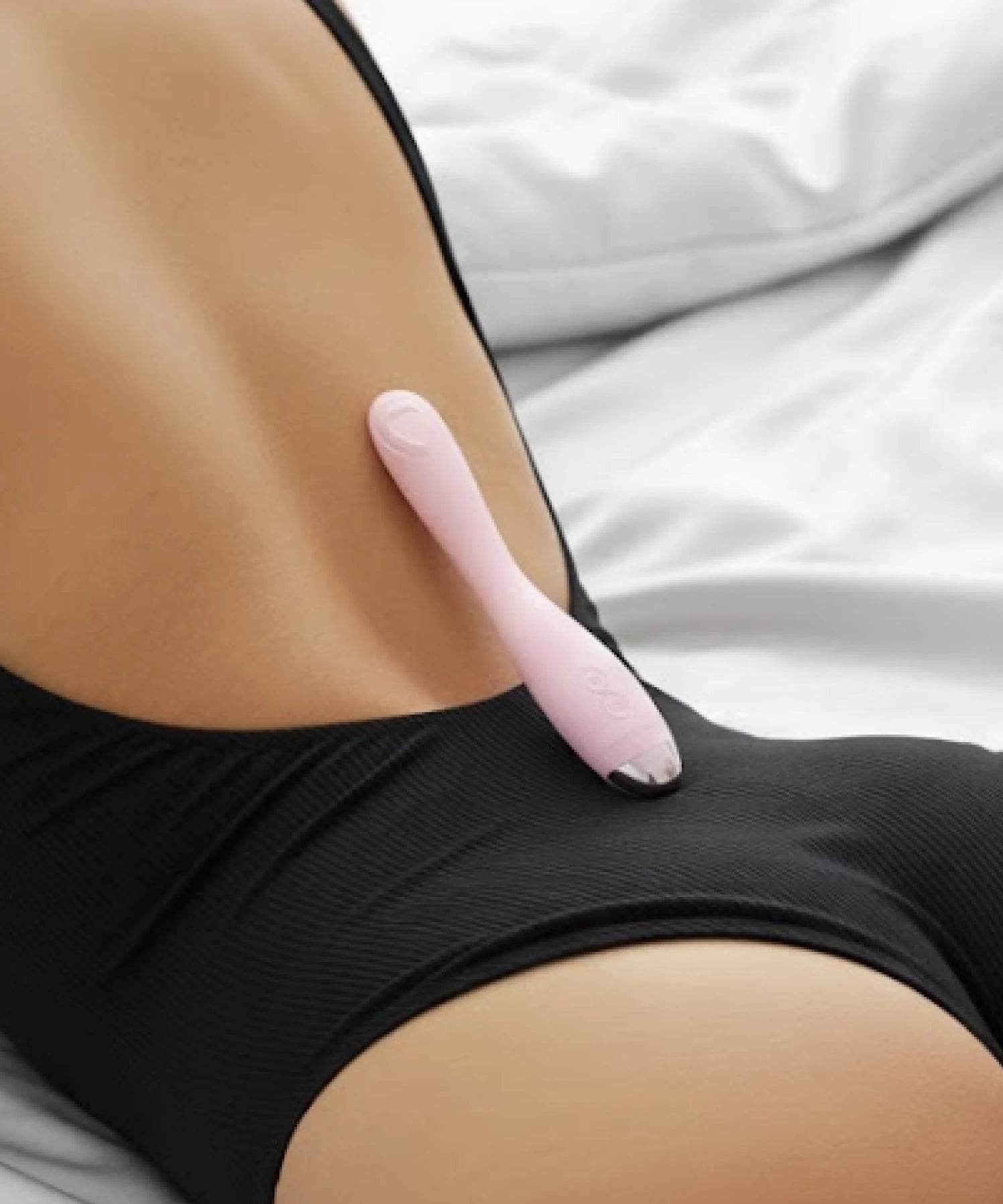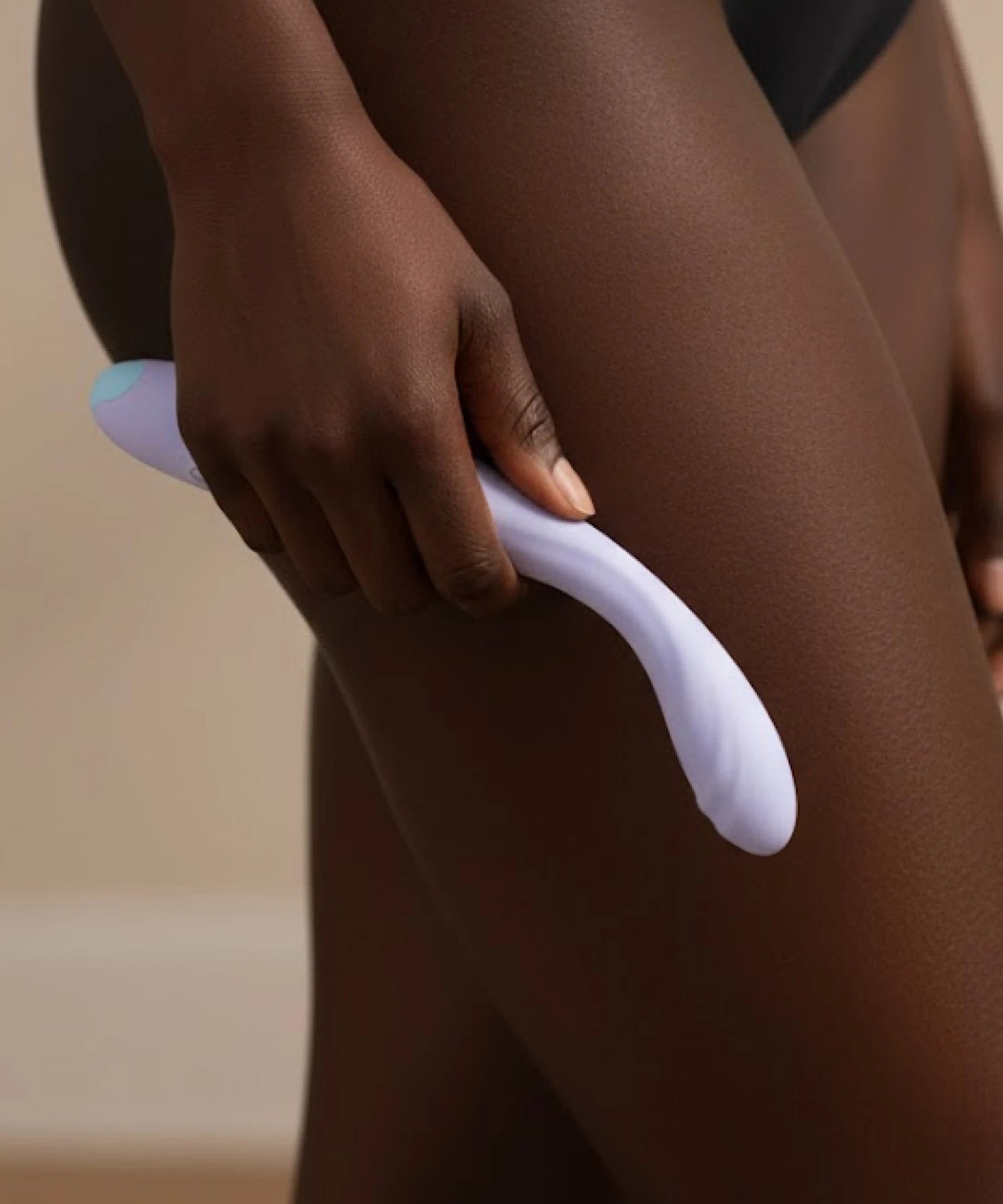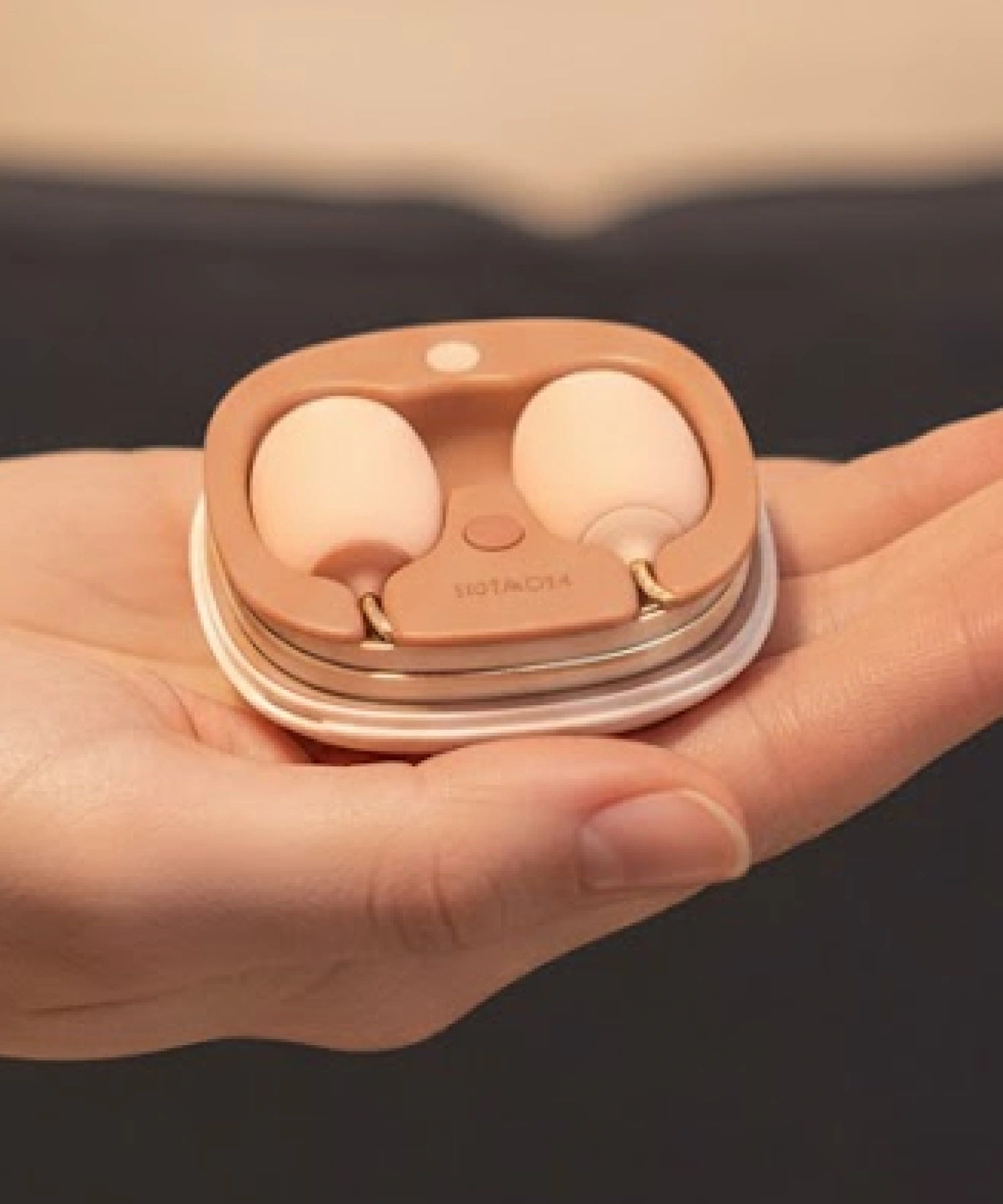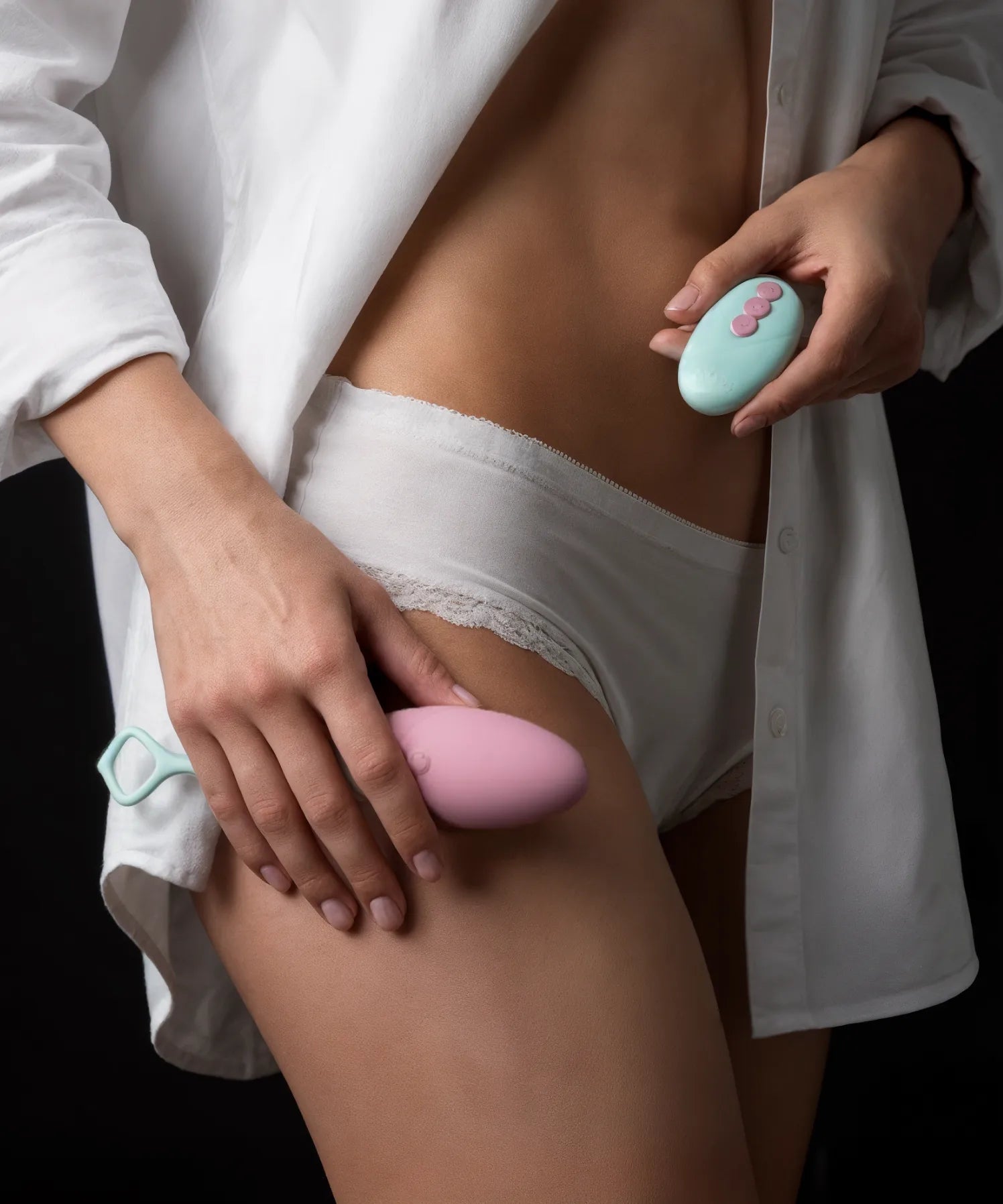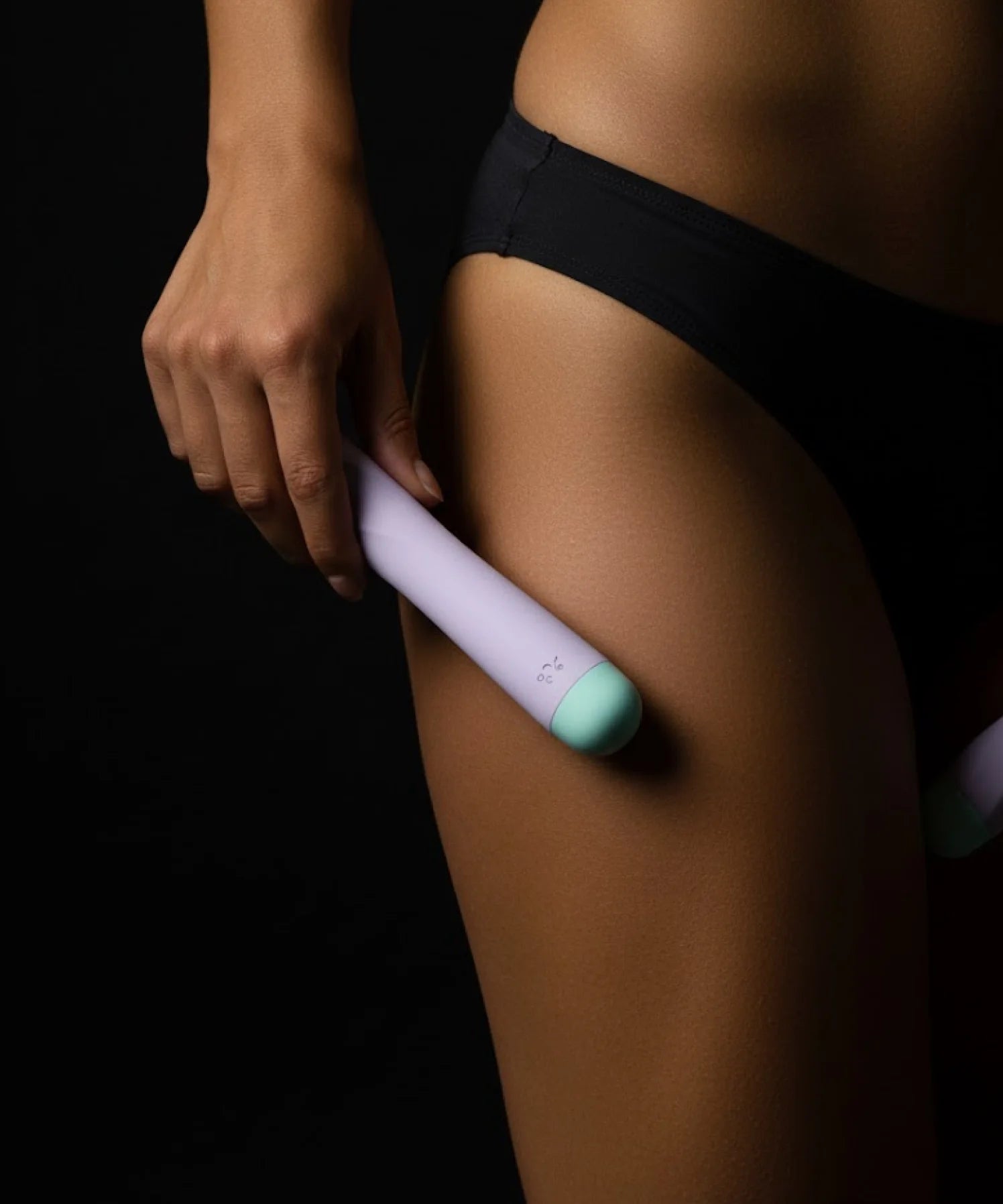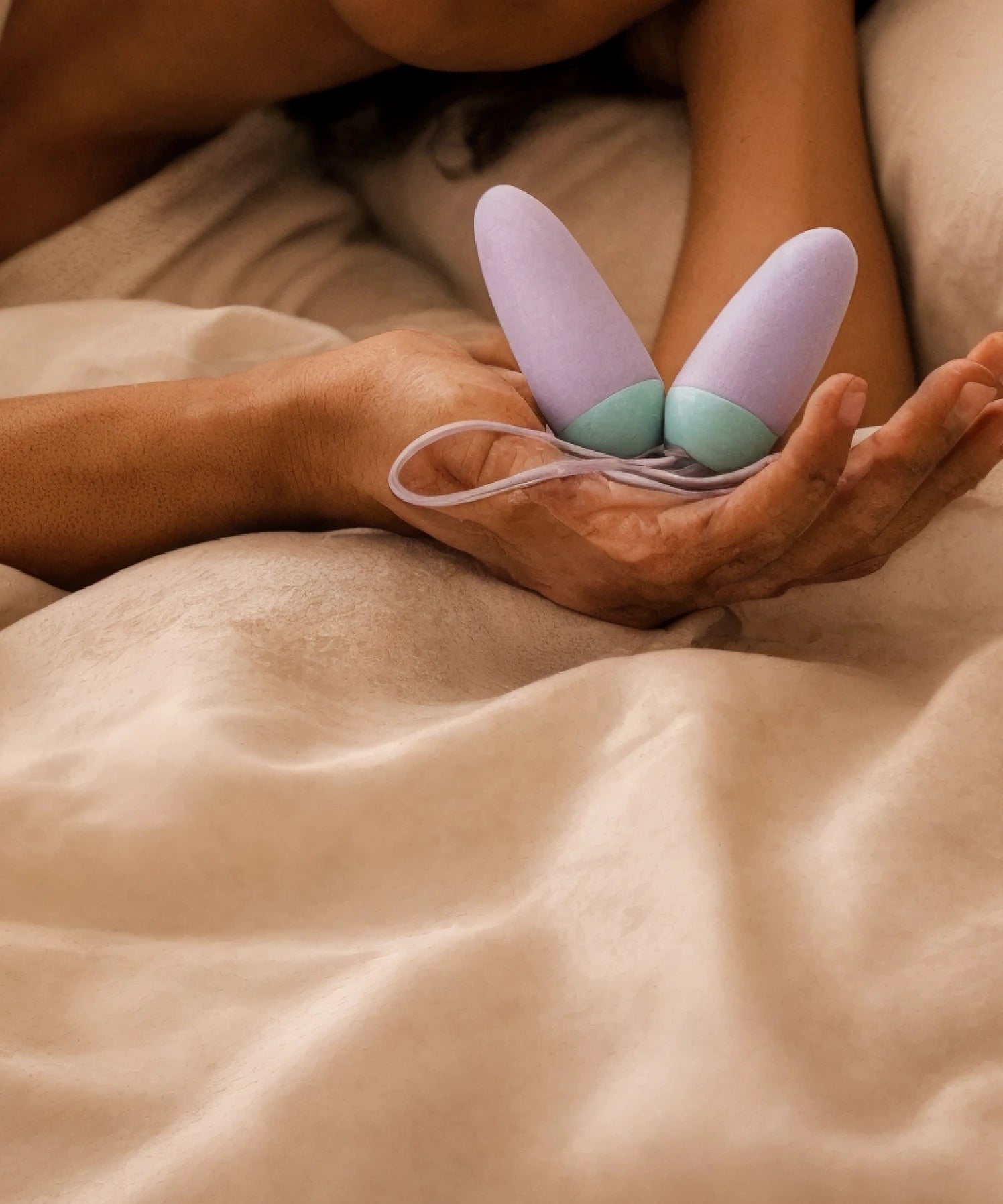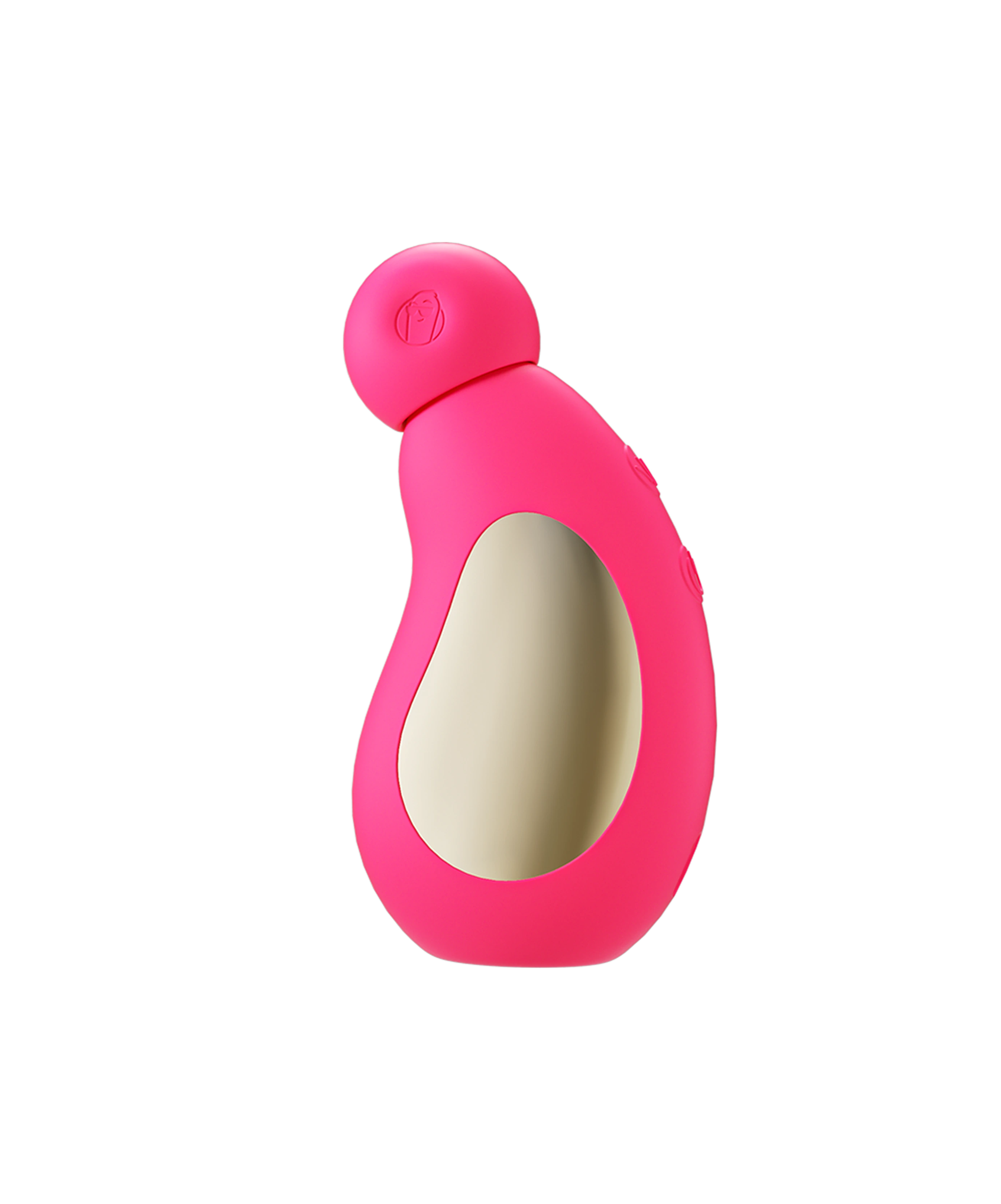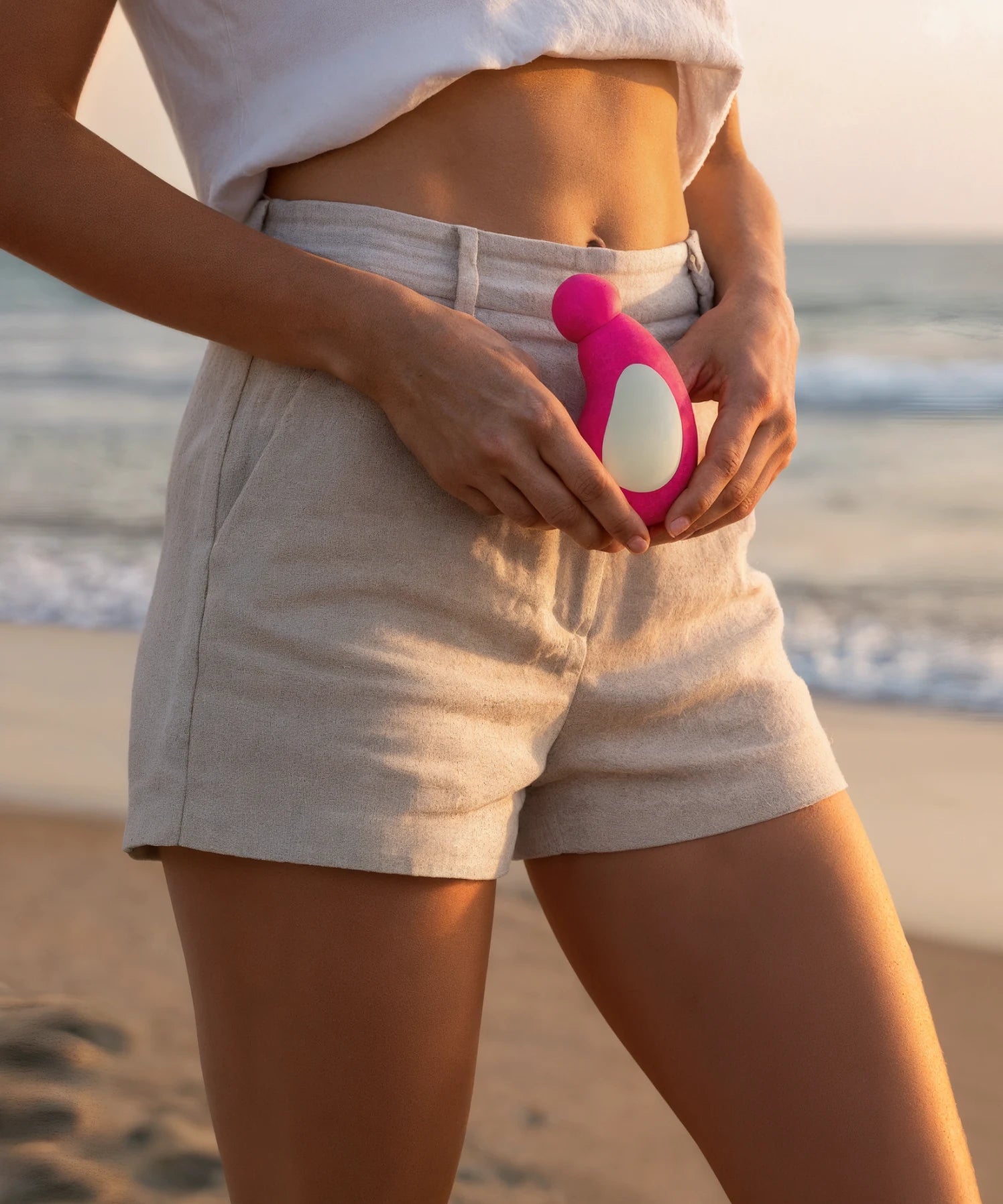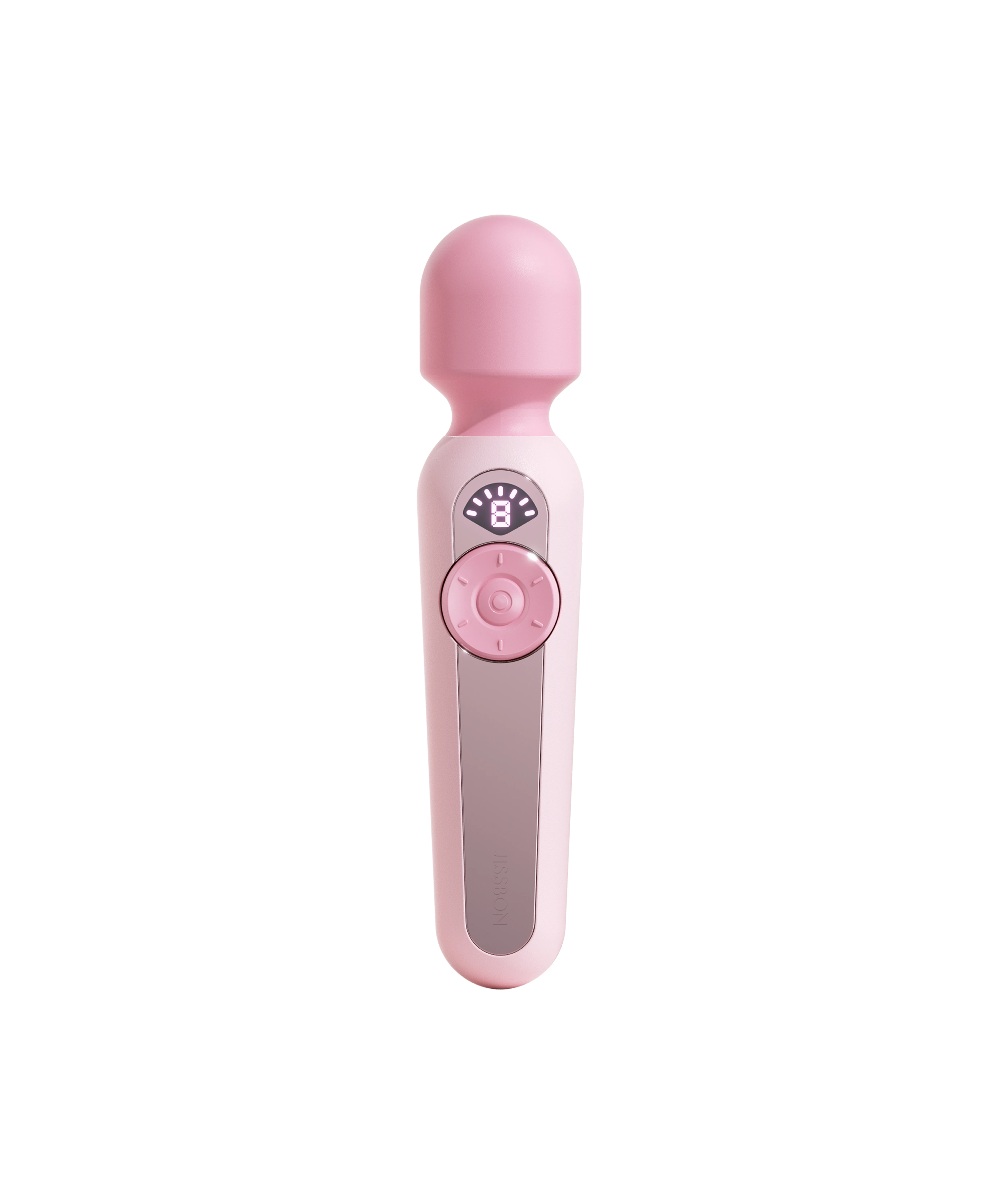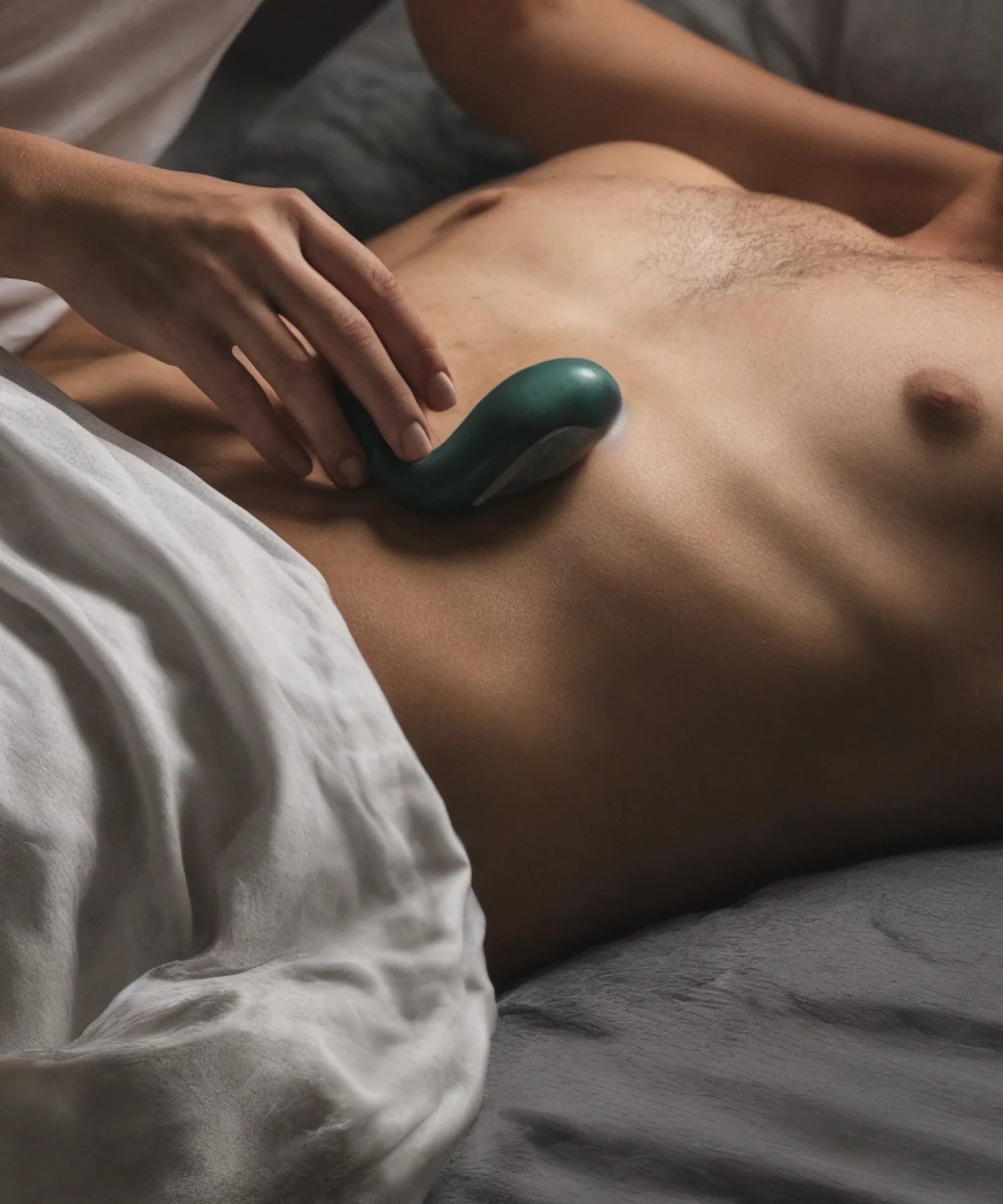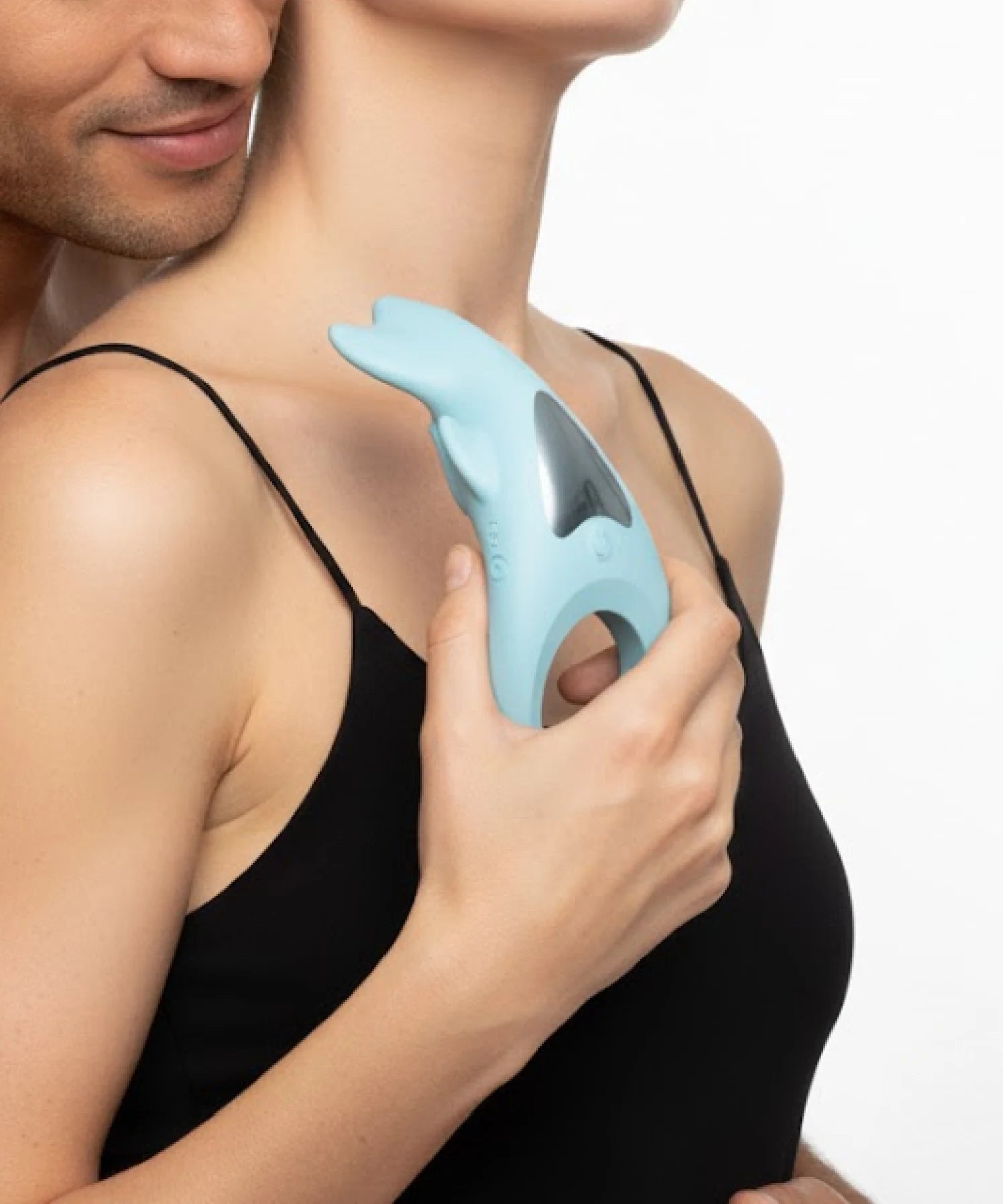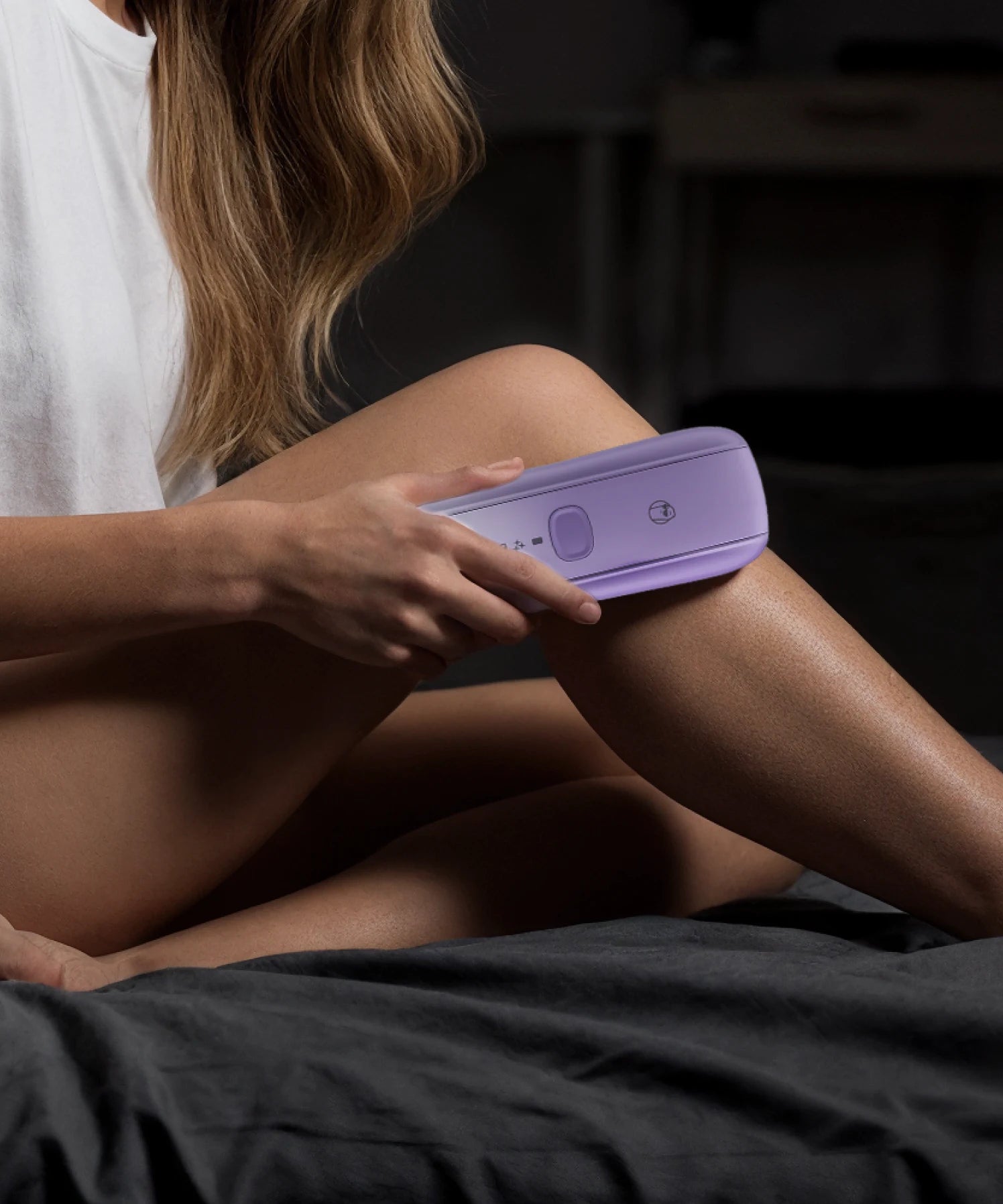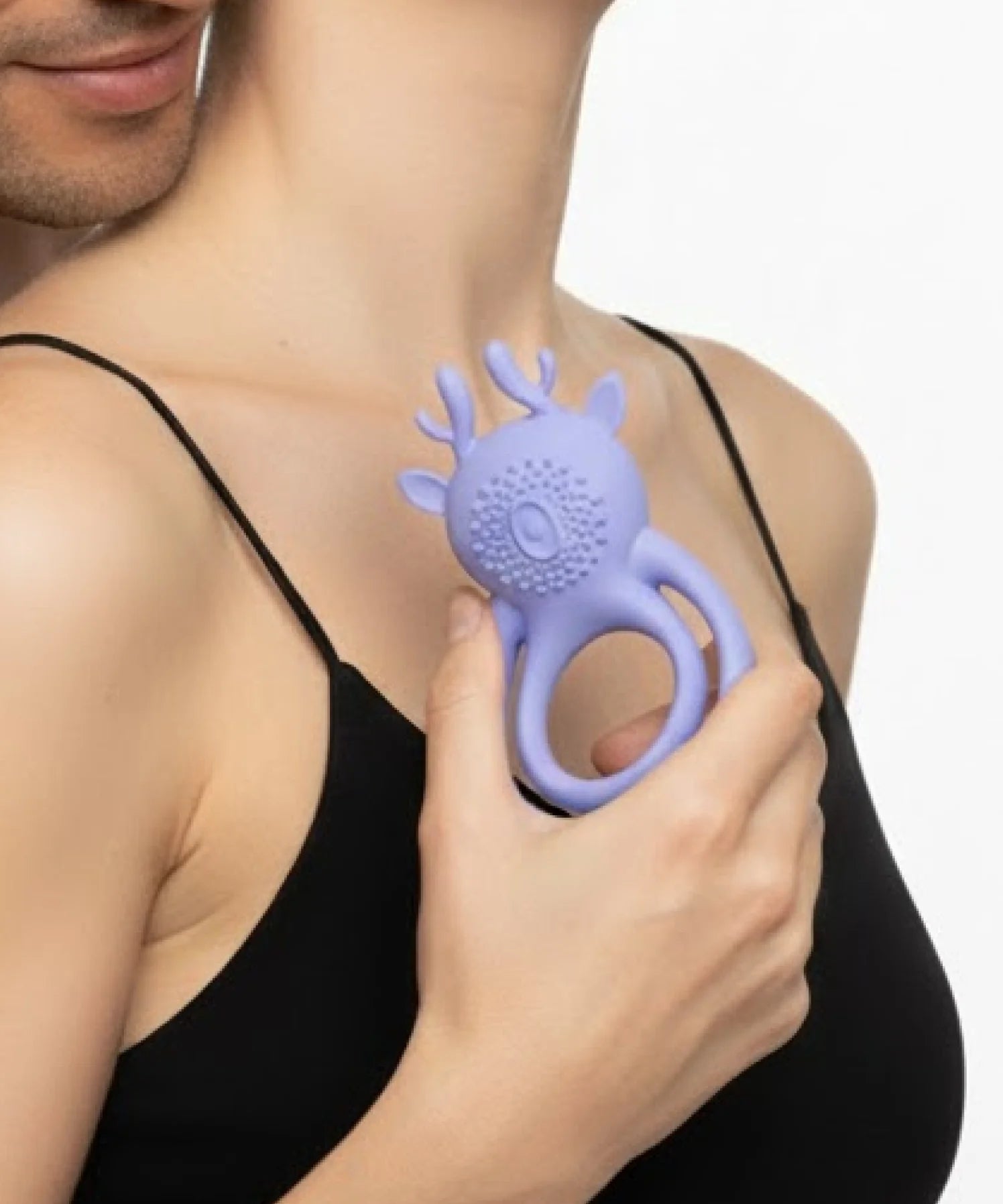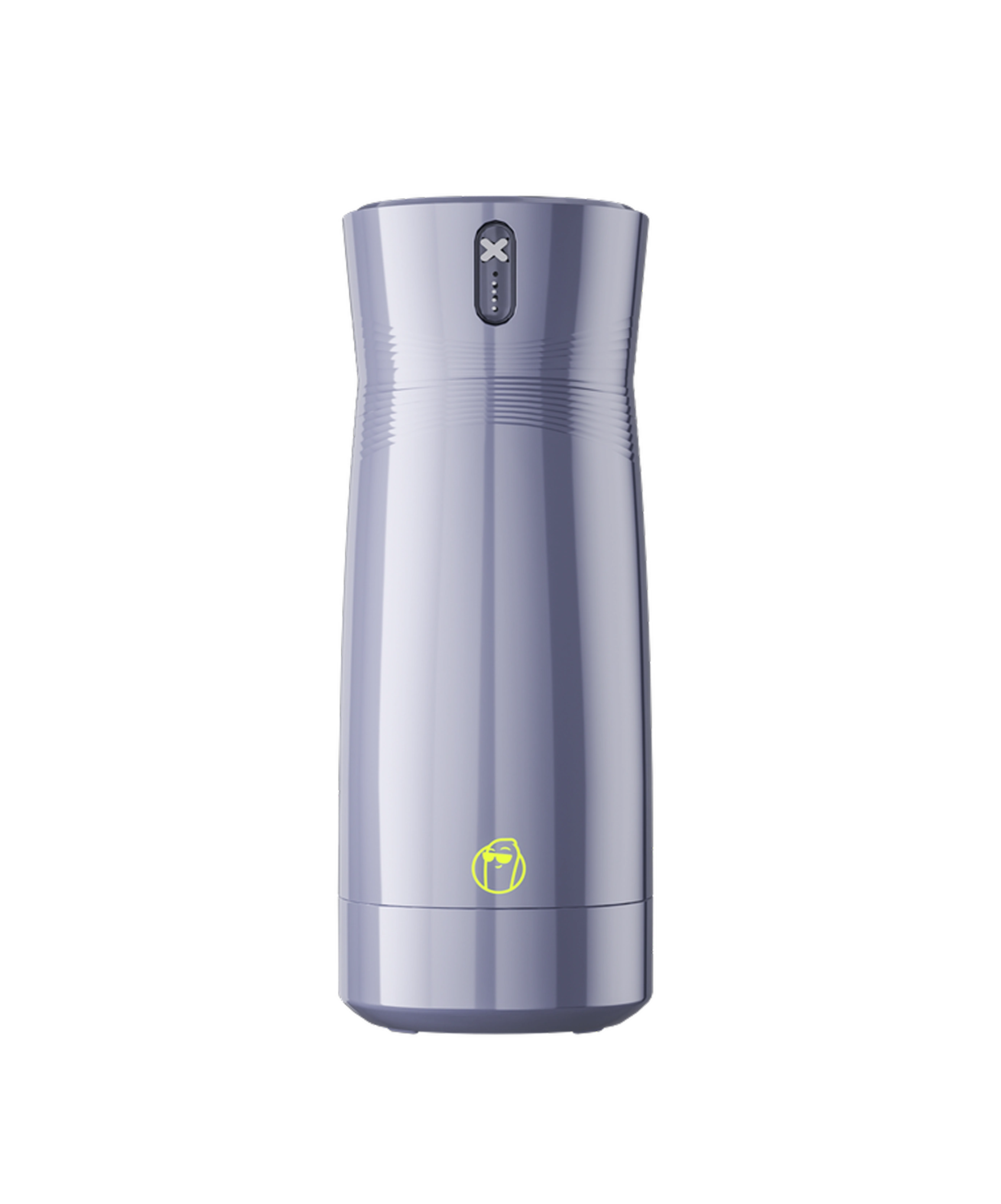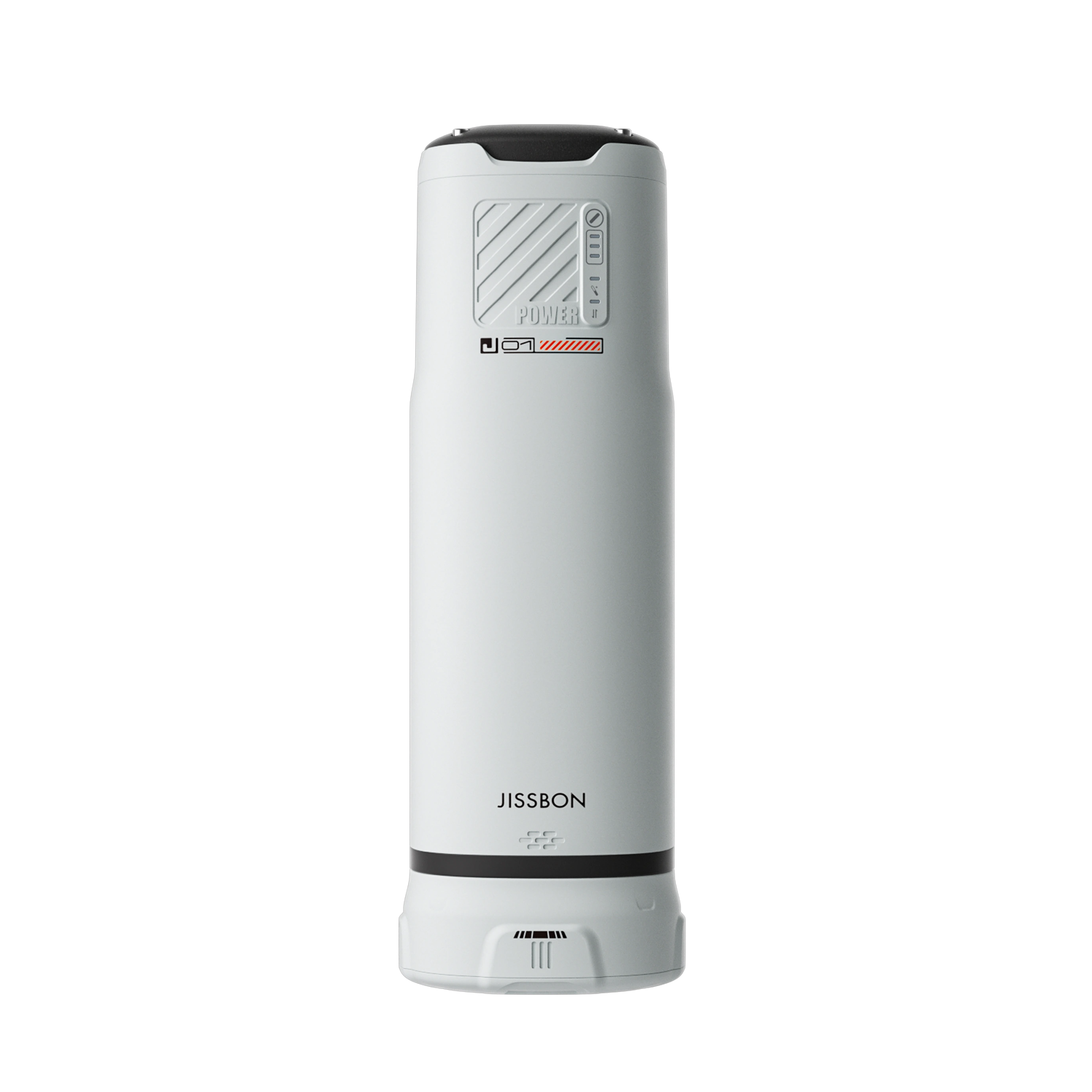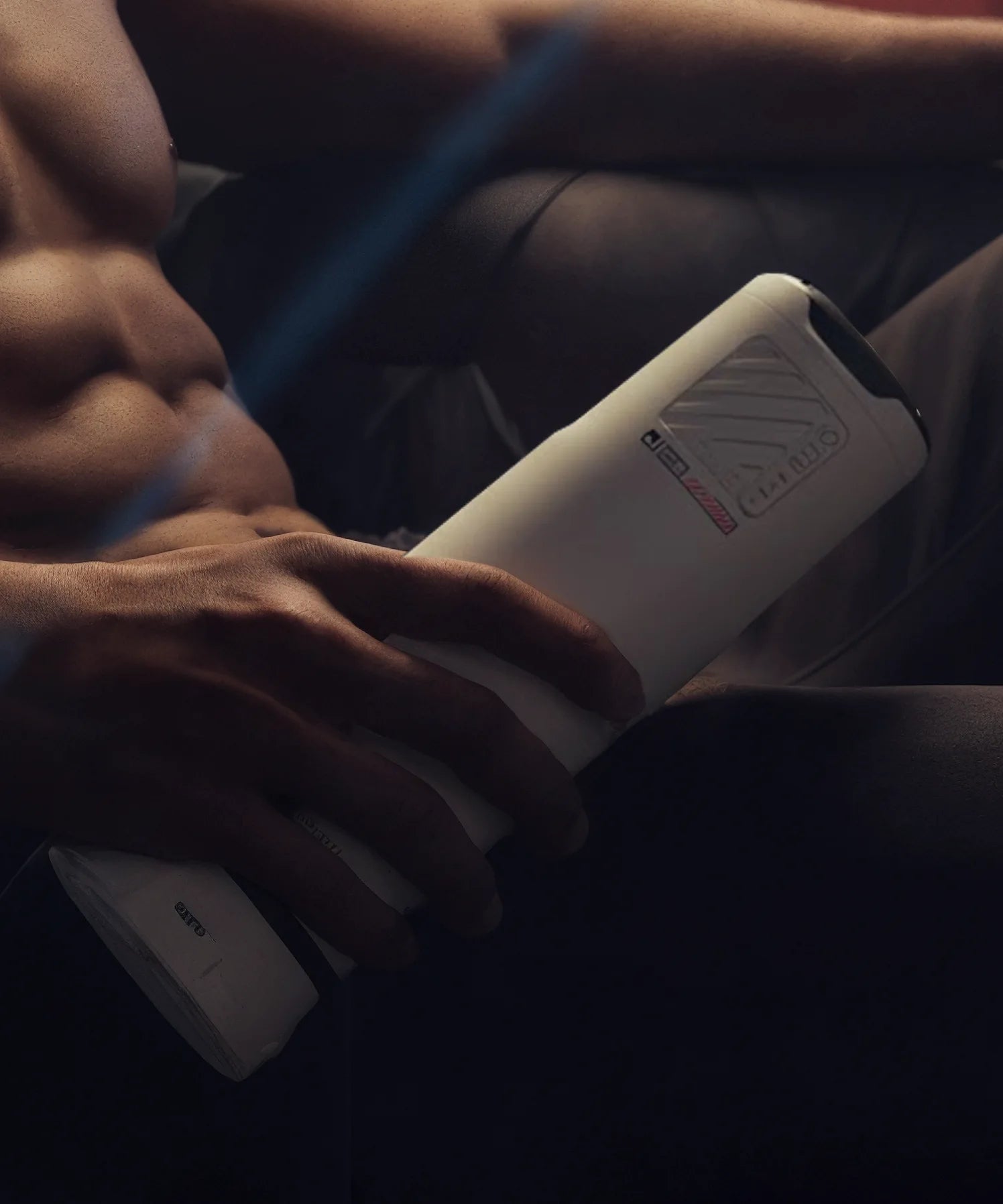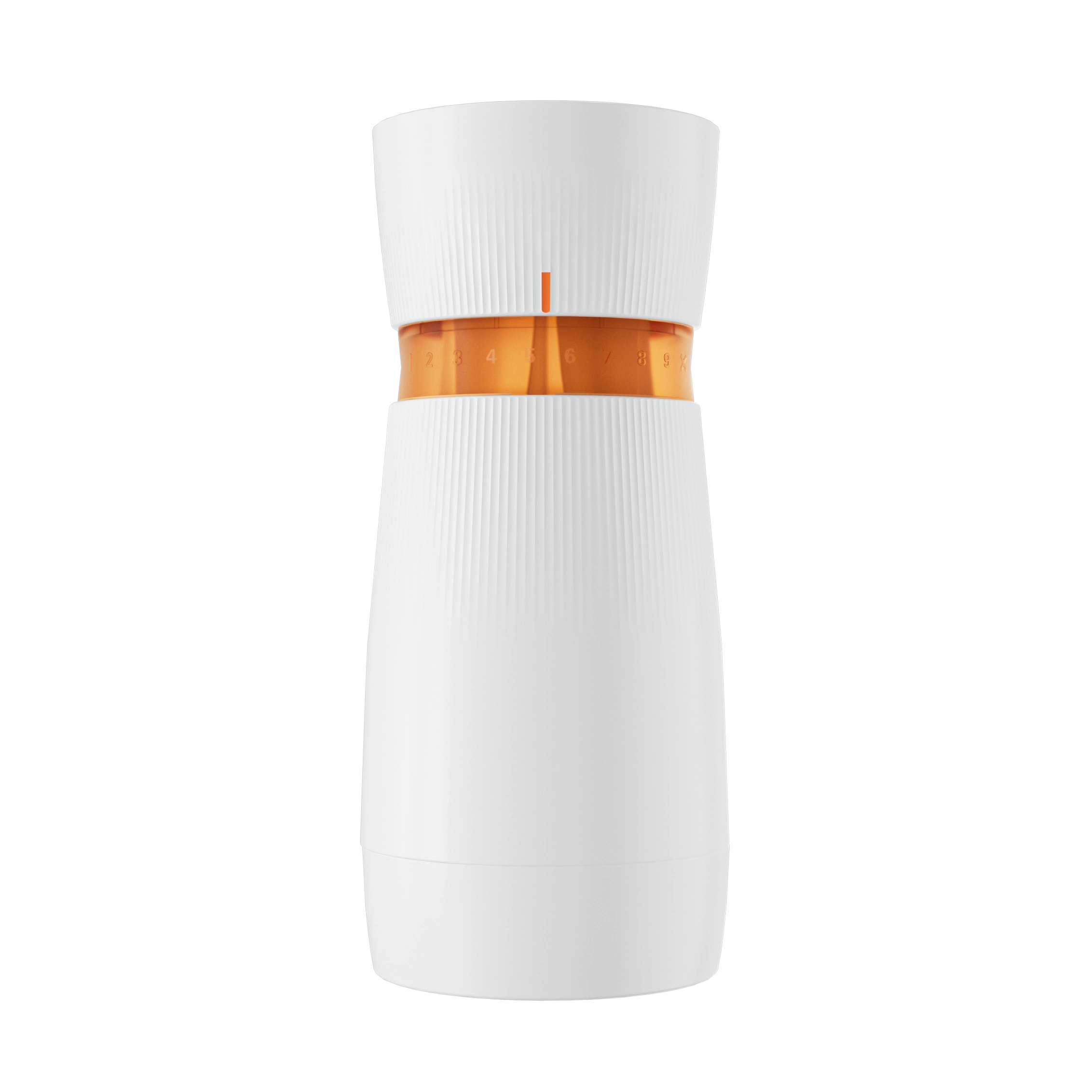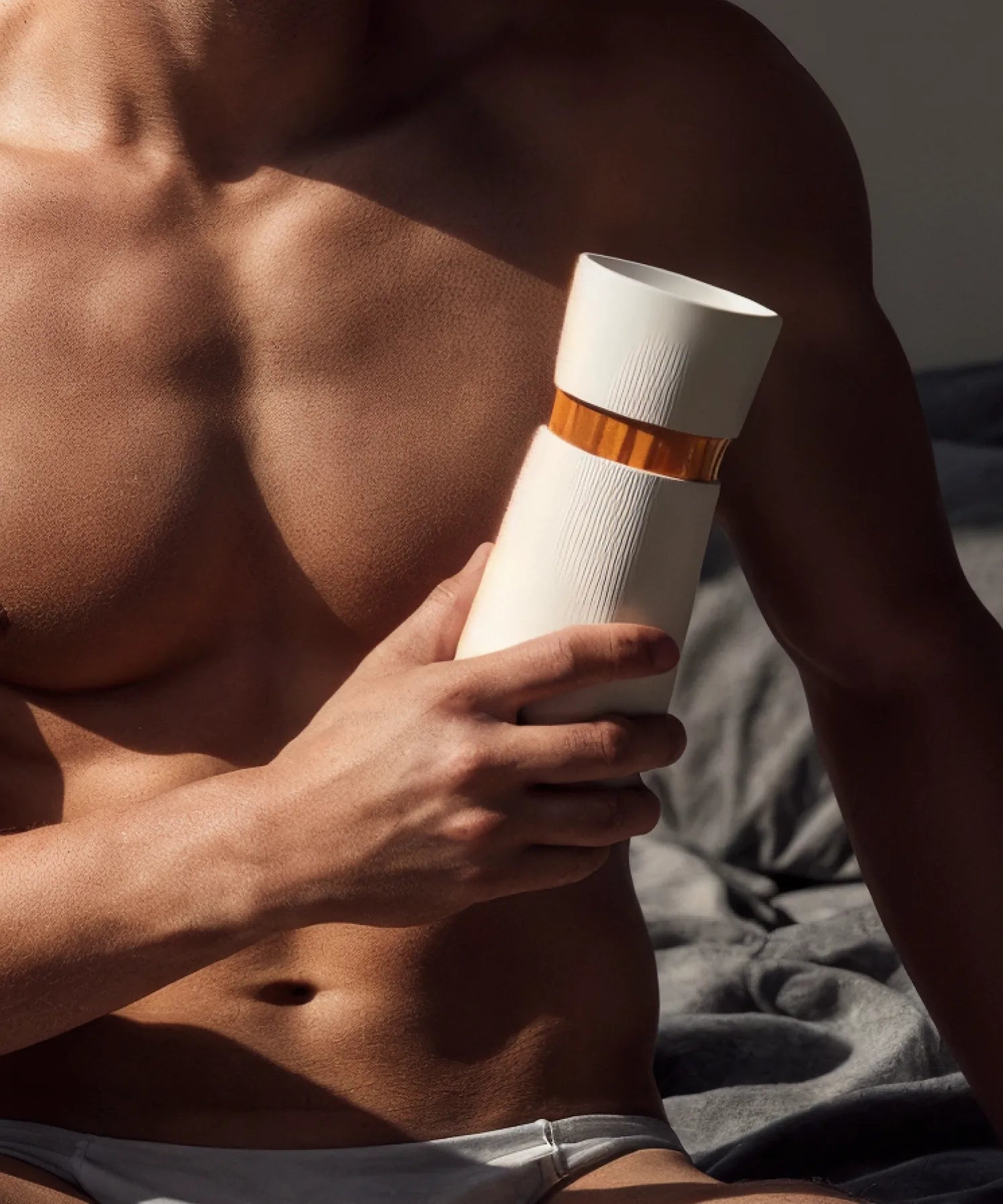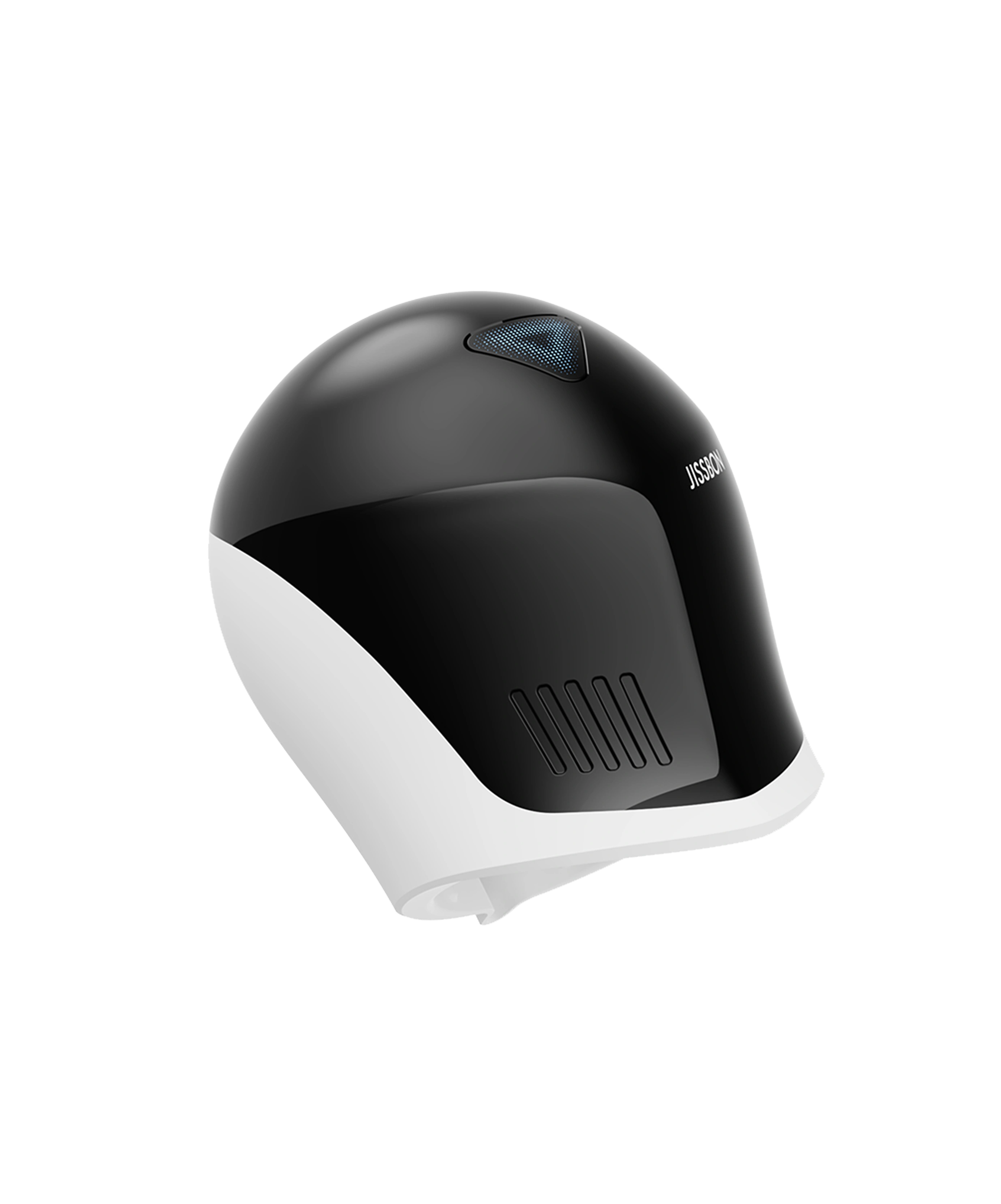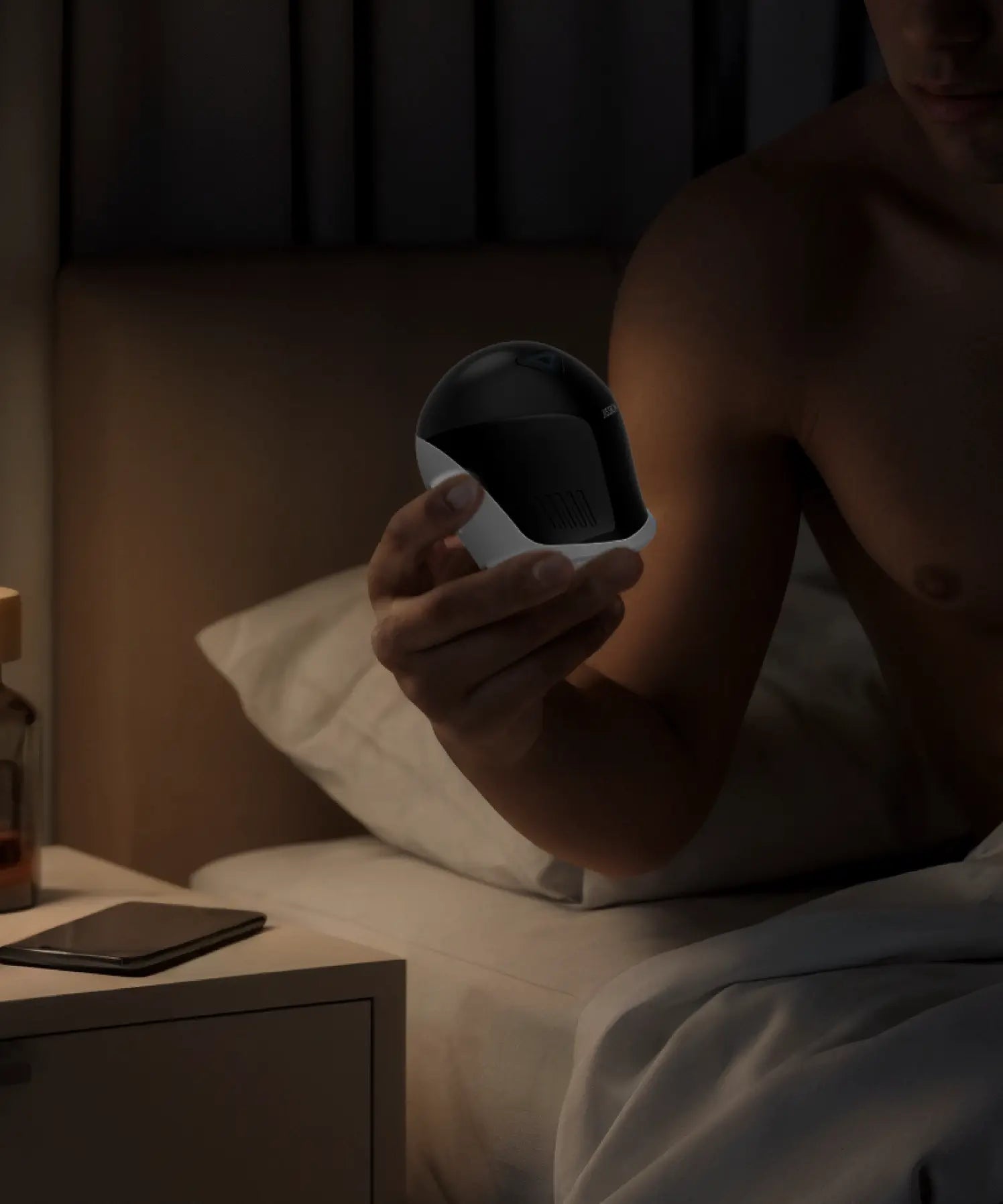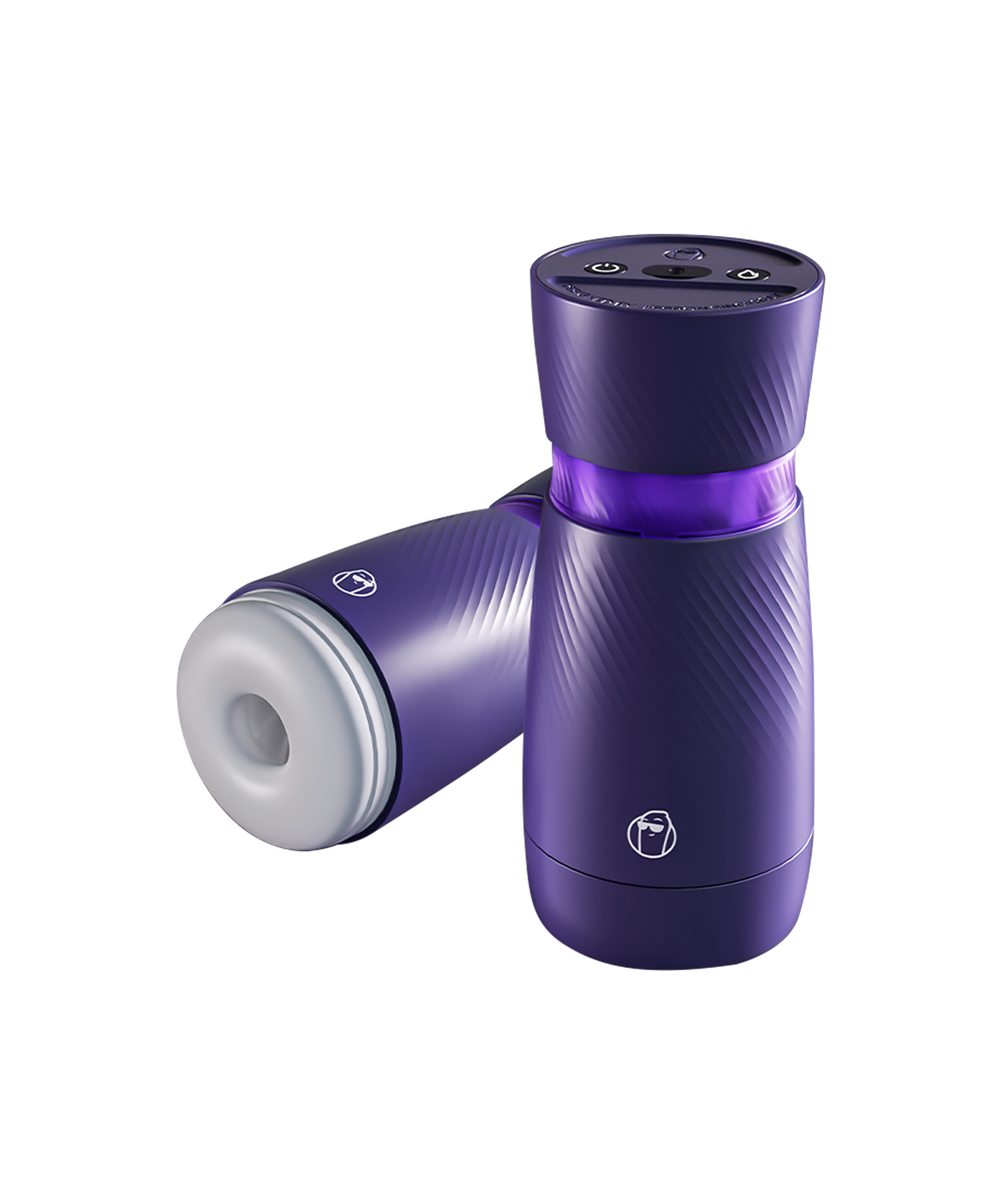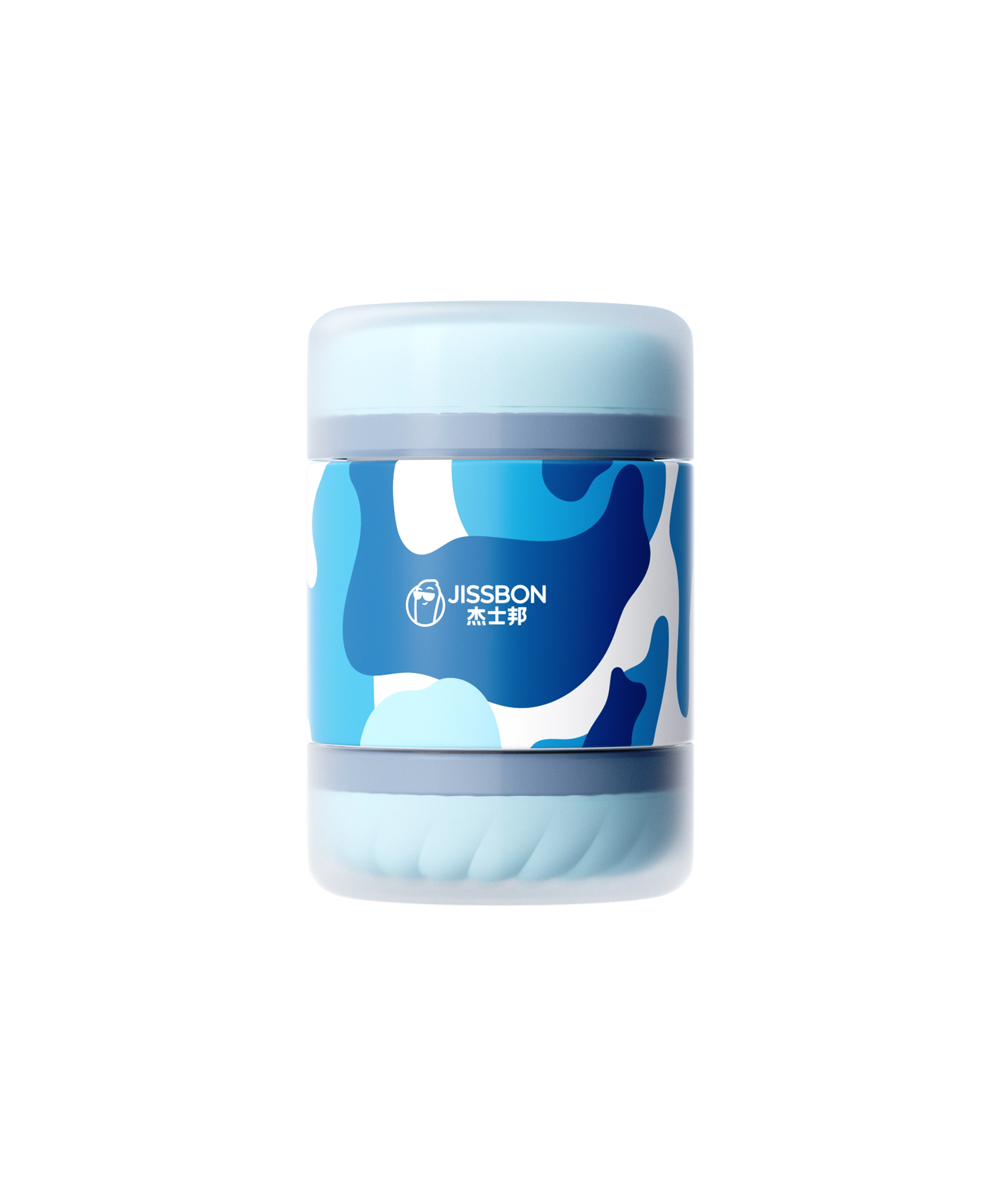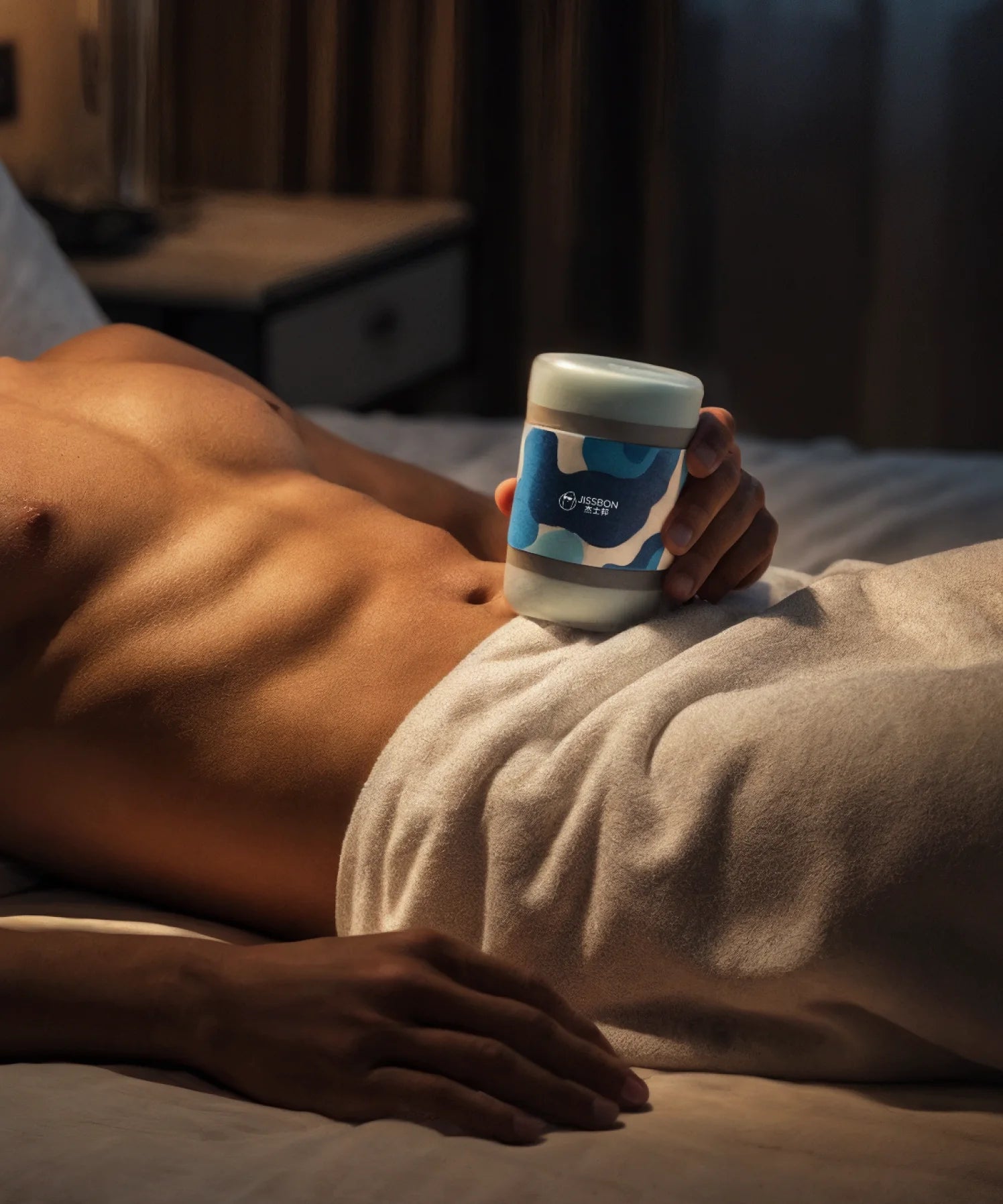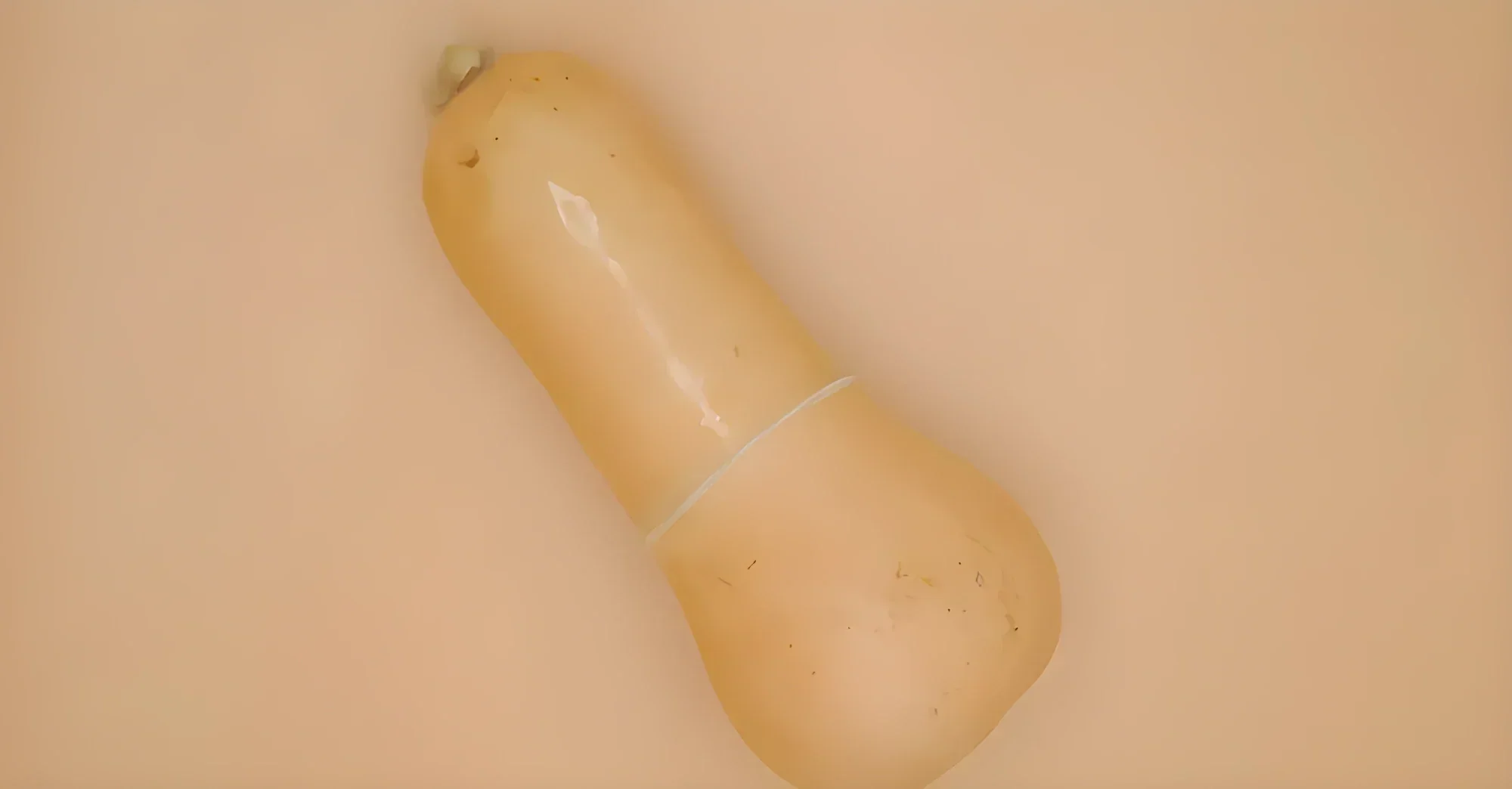Want to explore pleasure without spending money? Homemade sex toys made from everyday household items can be fun, creative, and budget-friendly. But safety comes first—using the wrong materials can cause irritation or injury.
This guide shows you 26 DIY sex toy ideas, what materials work best, and how to clean them properly for both men and women.
Who Should Try Homemade Sex Toys?
DIY sex toys work well for:
-
Budget-conscious explorers who want to save money
-
Curious beginners testing what they like before buying
-
People in countries where adult toys are restricted
-
Creative individuals who enjoy hands-on projects
- Spontaneous moments when you need something now
Important: Homemade options are temporary solutions. Professional pleasure devices offer better safety, durability, and body-safe materials long-term.
Critical Safety Rules (Read First!)
Before making any DIY sex toy, follow these essential rules:
|
Safety Rule |
Why It Matters |
|
Use clean materials only |
Prevents infection and irritation |
|
Check for sharp edges |
Avoids cuts and tissue damage |
|
Always use water-based lube |
Reduces friction burns |
|
Cover with condoms |
Creates barrier against bacteria |
|
Clean before AND after |
Stops bacterial growth |
|
Never reuse food items |
Cross-contamination risk |
|
Test temperature first |
Prevents burns from hot items |
Golden rule: When in doubt, don't put it in your body. If something feels wrong, stop immediately.
13 Homemade Sex Toys for Men
1. Sock & Glove Masturbator
Materials: Soft cotton sock, non-powdered rubber glove, 2 rubber bands, water-based lube
Steps:
- Push glove inside sock (leave opening at top)
- Fold glove opening over sock edge
- Secure with rubber bands at both ends
- Add generous lube inside
Best for: Quick, simple pleasure at home
Cleaning: Wash glove with soap, discard sock after use
2. Towel Roll Sleeve
Materials: Small hand towel, plastic wrap, rubber bands, lube
Steps:
- Fold towel lengthwise into cylinder
- Wrap tightly in plastic wrap (leave ends open)
- Secure with rubber bands
- Lubricate inside generously
Best for: Travel-friendly option
Cleaning: Wash towel in hot water, replace plastic wrap
3. Sponge & Cup Masturbator
Materials: 2 soft sponges, sturdy plastic cup, plastic bag, lube
Steps:
- Cut sponges to fit inside cup
- Place both sponges inside cup
- Wrap sponges in plastic bag for smooth surface
- Add plenty of lube
Best for: Adjustable tightness (squeeze cup for more pressure)
Cleaning: Wash sponges thoroughly, air-dry completely
4. Couch Cushion Crevice
Materials: Couch cushions, towel or blanket, lube
Steps:
- Place towel between couch cushions
- Apply lube to edges
- Adjust cushion spacing for desired tightness
- Thrust gently
Best for: Hands-free pleasure while relaxing
Cleaning: Wash towel immediately after use
5. Lotion Bottle Masturbator
Materials: Empty lotion bottle (clean), sponge, plastic wrap, lube
Steps:
- Clean bottle thoroughly
- Cut sponge to fit inside snugly
- Wrap sponge in plastic wrap
- Insert into bottle and lubricate
Best for: Firm structure with soft interior
Cleaning: Wash sponge and bottle with soap
6. Balloon Masturbator
Materials: Latex-free balloon, lube
Steps:
- Inflate balloon to comfortable size
- Tie securely
- Lubricate outside
- Control pressure by squeezing gently
Best for: Quick, simple option
Cleaning: Rinse balloon, air-dry (single use recommended)
7. Warm Rice Sock
Materials: Long soft sock, uncooked rice, lube
Steps:
- Fill sock with rice, tie securely
- Microwave 20-30 seconds (check temperature!)
- Let cool slightly
- Lubricate and use
Best for: Cold weather comfort
Cleaning: Wash sock, replace rice monthly
8. Pillow & Plastic Wrap Tunnel
Materials: Pillow, plastic wrap, lube
Steps:
- Fold pillow into cylinder shape
- Wrap in plastic (leave one end open)
- Secure with tape or rubber bands
- Lubricate inside
Best for: Soft, comfortable solo play
Cleaning: Replace plastic wrap after each use
9. Bottle & Sponge Sleeve
Materials: Plastic bottle, sponge, plastic wrap, lube
Steps:
- Cut bottle to 6-8 inches
- Smooth sharp edges
- Wrap sponge in plastic, insert into bottle
- Add lube generously
Best for: Controlled tightness (squeeze bottle)
Cleaning: Wash all parts with soap and water
10. PVC Pipe Sleeve (Advanced)
Materials: PVC pipe (4-6 inch diameter), foam or sponge, plastic wrap, lube
Steps:
- Cut pipe to 8-10 inches
- Smooth all edges carefully
- Cut foam to fit inside, wrap in plastic
- Insert foam and lubricate
Best for: Durable, reusable option
Cleaning: Remove foam, wash separately
11. Rubber Band & Cup
Materials: Sturdy cup, rubber bands, soft cloth, lube
Steps:
- Place cloth inside cup
- Wrap exterior with rubber bands for grip
- Lubricate inside
- Adjust pressure by squeezing
Best for: Customizable tightness
Cleaning: Wash cloth in hot water
12. Tennis Ball & Sock
Materials: Tennis ball, long sock, scissors, lube
Steps:
- Cut small slit in tennis ball
- Insert ball into sock
- Lubricate slit and outside
- Squeeze gently during use
Best for: Textured pressure sensation
Cleaning: Wash sock, rinse ball thoroughly
13. Electric Toothbrush (Handle Only)
Materials: Clean electric toothbrush (remove bristles), condom, lube
Steps:
- Remove brush head completely
- Cover handle with condom
- Add lube
- Use vibration setting
Best for: Vibrating sensation
Cleaning: Wash handle with soap, discard condom
13 Homemade Sex Toys for Women
14. Electric Toothbrush Vibrator
Materials: Electric toothbrush, lube
Steps:
- Remove brush head
- Use smooth, non-bristled end
- Turn on vibration
- Apply to clitoris or vulva (never insert)
Best for: Clitoral stimulation
Cleaning: Wipe handle with antibacterial wipes
15. Showerhead
Materials: Handheld showerhead (or regular shower), water
Steps:
- Set water to comfortable temperature (warm, not hot)
- Choose pulsating setting
- Direct stream toward clitoris
- Adjust pressure and angle
Best for: Easy, private pleasure
Cleaning: No cleanup needed (it's water!)
16. Pillow Humping
Materials: Firm pillow or cushion
Steps:
- Place pillow between legs
- Grind or rub against it
- Adjust angle for best sensation
- Keep underwear on for hygiene
Best for: Hands-free, gentle stimulation
Cleaning: Use pillowcase, wash regularly
17. Ice Cubes (Temperature Play)
Materials: Ice cubes, towel
Steps:
- Wrap ice in thin cloth
- Run over nipples, inner thighs, stomach
- Never insert ice directly
- Alternate with warm breath
Best for: Sensory exploration during foreplay
Cleaning: No cleanup needed
18. Silk Scarf or Tie (Blindfold)
Materials: Soft scarf or necktie
Steps:
- Fold scarf into strip
- Place over eyes, tie gently
- Ensure you can breathe easily
- Use safe word with partner
Best for: Sensory deprivation play
Cleaning: Wash fabric after use
19. Makeup Brush (External Only)
Materials: Clean, soft makeup brush
Steps:
- Use dry, fluffy brush
- Gently swirl across nipples, inner thighs
- Never insert or use internally
- Test sensitivity first
Best for: Teasing, light touch play
Cleaning: Wash brush with gentle soap
20. Cucumber or Carrot (With Condom)
Materials: Fresh, firm cucumber or carrot, condom, lube
Steps:
- Wash vegetable thoroughly
- Check for bumps or rough spots
- Cover completely with condom
- Add water-based lube
- Discard after ONE use—never reuse
Best for: Penetration when no toys available
Cleaning: Throw away immediately after use
21. Pearl Necklace (Fake Pearls)
Materials: String of fake pearls (NOT family heirlooms), lube
Steps:
- Roll pearls into ball shape
- Place between labia, on clitoris
- Move in circular motions
- Each pearl creates gentle stimulation
Best for: Unique texture sensation
Cleaning: Wash with mild soap and water
22. Wooden Spoon (Handle Only)
Materials: Clean wooden spoon with smooth handle, condom, lube
Steps:
- Check handle for splinters or rough spots
- Cover completely with condom
- Add generous lube
- Use for external massage only (avoid insertion—wood is porous)
Best for: Firm external pressure on vulva
Cleaning: Wash thoroughly, discard condom
23. Hairbrush (Smooth Handle Only)
Materials: Hairbrush with smooth, rounded handle, condom, lube
Steps:
- Choose brush with no grooves or sharp edges
- Cover handle with condom
- Add plenty of lube
- Insert slowly if comfortable
Best for: Penetration (rubber handles work best)
Cleaning: Wash handle, throw away condom
24. Clothespins (Nipple Play)
Materials: Wooden clothespins
Steps:
- Test pressure on fingertip first
- Clip onto nipples gently
- Start with short duration (30 seconds)
- Remove slowly
Best for: Light pain play, increased sensation
Cleaning: Wipe with alcohol wipes
25. Plastic Spatula (Impact Play)
Materials: Clean plastic spatula
Steps:
- Start with light taps on thighs, buttocks
- Gradually increase intensity if comfortable
- Communicate with partner constantly
- Use safe word
Best for: Beginners exploring spanking
Cleaning: Wash with hot soapy water
26. Sleep Mask (Cooling)
Materials: Gel sleep mask (refrigerated)
Steps:
- Chill mask in refrigerator (NOT freezer)
- Place over eyes as blindfold
- Use for sensory play
- Or apply to body for temperature sensation
Best for: Blindfolding + cooling sensation
Cleaning: Wipe exterior with gentle cleanser
DIY vs. Real Sex Toys: Quick Comparison
|
Factor |
Homemade |
Professional Toys |
|
Cost |
Free or very cheap |
$20-$200+ |
|
Safety |
Risky if not careful |
Designed for body safety |
|
Durability |
Single-use or short-term |
Lasts years with care |
|
Hygiene |
Hard to fully sanitize |
Medical-grade materials |
|
Sensation |
Basic, inconsistent |
Designed for maximum pleasure |
|
Warranty |
None |
Often 1-year+ guarantee |
Bottom line: DIY is fine for experimenting, but invest in quality pleasure products for regular use.
Step-by-Step: Using Homemade Sex Toys Safely
Before use:
- Wash your hands thoroughly with soap
- Inspect the item for sharp edges, rough spots, splinters
- Clean the item with mild soap and warm water
- Cover with condom if penetrating any body part
- Apply water-based lube generously (never skip this!)
During use:
- Start slowly and gently
- Check comfort every few minutes
- Stop immediately if you feel pain, irritation, or discomfort
- Never force anything into your body
After use:
- Remove carefully and wash immediately
- Clean with soap and hot water
- Air-dry completely before storing
- Discard food items and single-use materials
Cleaning & Maintenance Guide
|
Material Type |
Cleaning Method |
Storage Tips |
|
Fabric (socks, towels) |
Hot water wash + detergent |
Dry completely before storing |
|
Plastic/rubber |
Soap + warm water, air-dry |
Cool, dry place away from sunlight |
|
Sponges |
Soap rinse, microwave 2 min (damp) |
Replace weekly |
|
Food items |
NEVER REUSE—discard after one use |
N/A |
|
Metal (spoons) |
Boil 5 min OR dishwasher |
Dry thoroughly to prevent rust |
Daily rule: If you can't clean it properly, don't use it again.
What NOT to Use (Danger Zone!)
-
Glass bottles (can shatter)
-
Sharp objects (knives, forks, razors)
-
Hot peppers (causes severe burning)
-
Anything with batteries inserted (risk of leakage)
-
Porous wood unprotected (harbors bacteria)
-
Vacuum cleaners (can cause serious injury)
-
Small objects that can get lost inside body
- Chemicals or scented products near genitals
If you're unsure, check with your doctor or skip it entirely.
When to Upgrade to Real Sex Toys
Consider buying professional toys when:
-
You know what sensations you enjoy
-
You want consistent, reliable pleasure
-
You're ready for body-safe materials
-
You want features like vibration, remote control, or heating
- You're concerned about hygiene
Explore safe, high-quality options like male stroker toys or clitoral stimulators designed for your body.
Frequently Asked Questions
Can homemade sex toys be as good as store-bought ones?
Homemade toys can provide pleasure, but they lack the safety features, body-safe materials, and consistent performance of professional designs. They're best for temporary use or experimentation before investing in quality toys.
What's the safest material for DIY sex toys?
Soft fabrics (cotton socks, towels), non-powdered latex gloves, and smooth plastic covered with condoms are safest. Always avoid sharp edges, porous materials without barriers, and anything with rough textures.
Can I get an infection from homemade sex toys?
Yes, if not cleaned properly. Always wash items before and after use, cover penetrative items with condoms, and never reuse food items. If you experience pain, unusual discharge, or irritation, see a doctor immediately.
How do I clean homemade sex toys properly?
Wash with mild, unscented soap and warm water immediately after use. For fabric items, use hot water and detergent. For porous materials like sponges, replace frequently. Always air-dry completely before storage to prevent mold.
Conclusion
Homemade sex toys can be a fun, budget-friendly way to explore pleasure using household items—as long as you prioritize safety, hygiene, and body awareness. Start with simple options, use plenty of lube, and listen to your body.
Ready to experience safer, more satisfying pleasure? Browse body-safe intimate wellness products designed with your comfort in mind.
